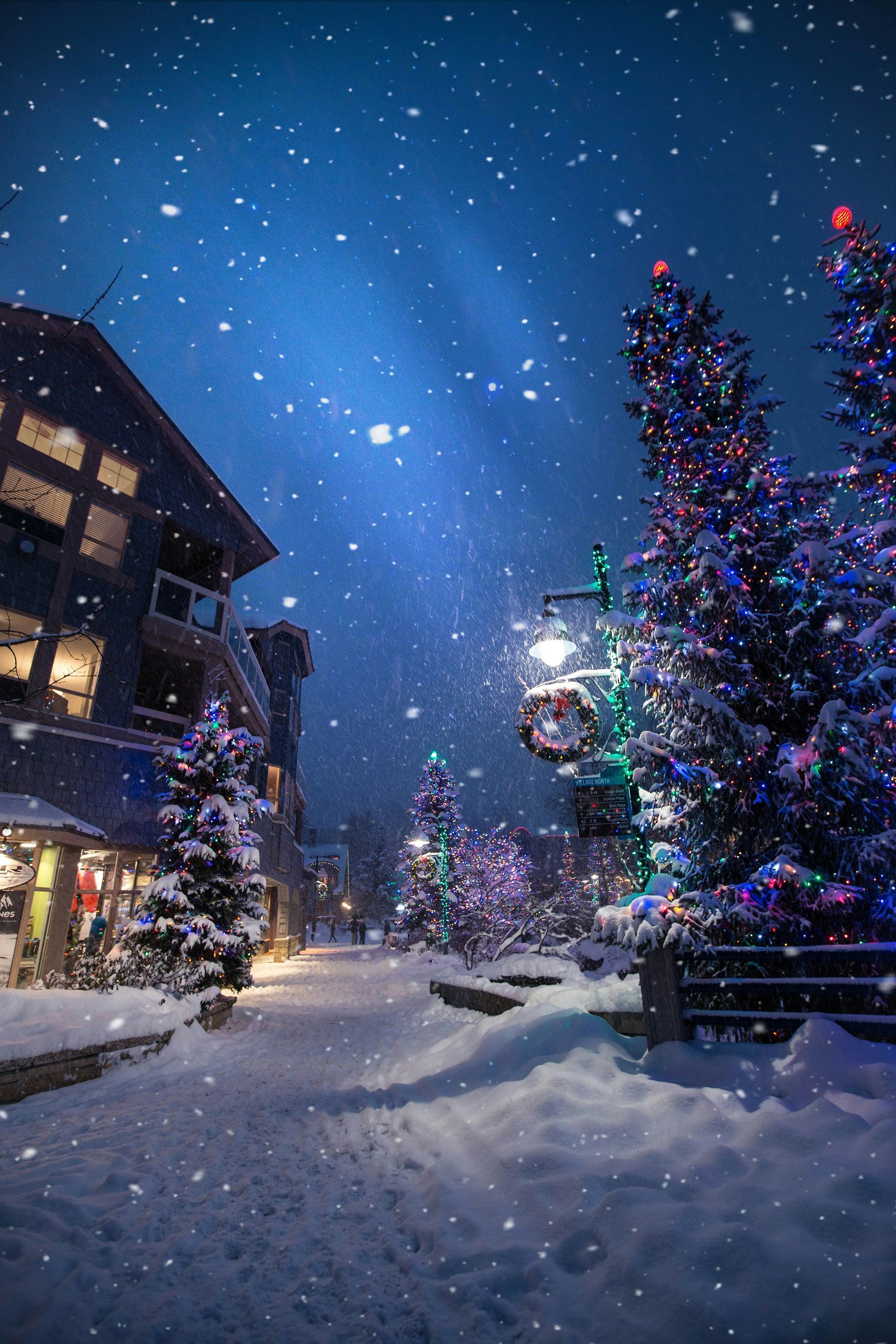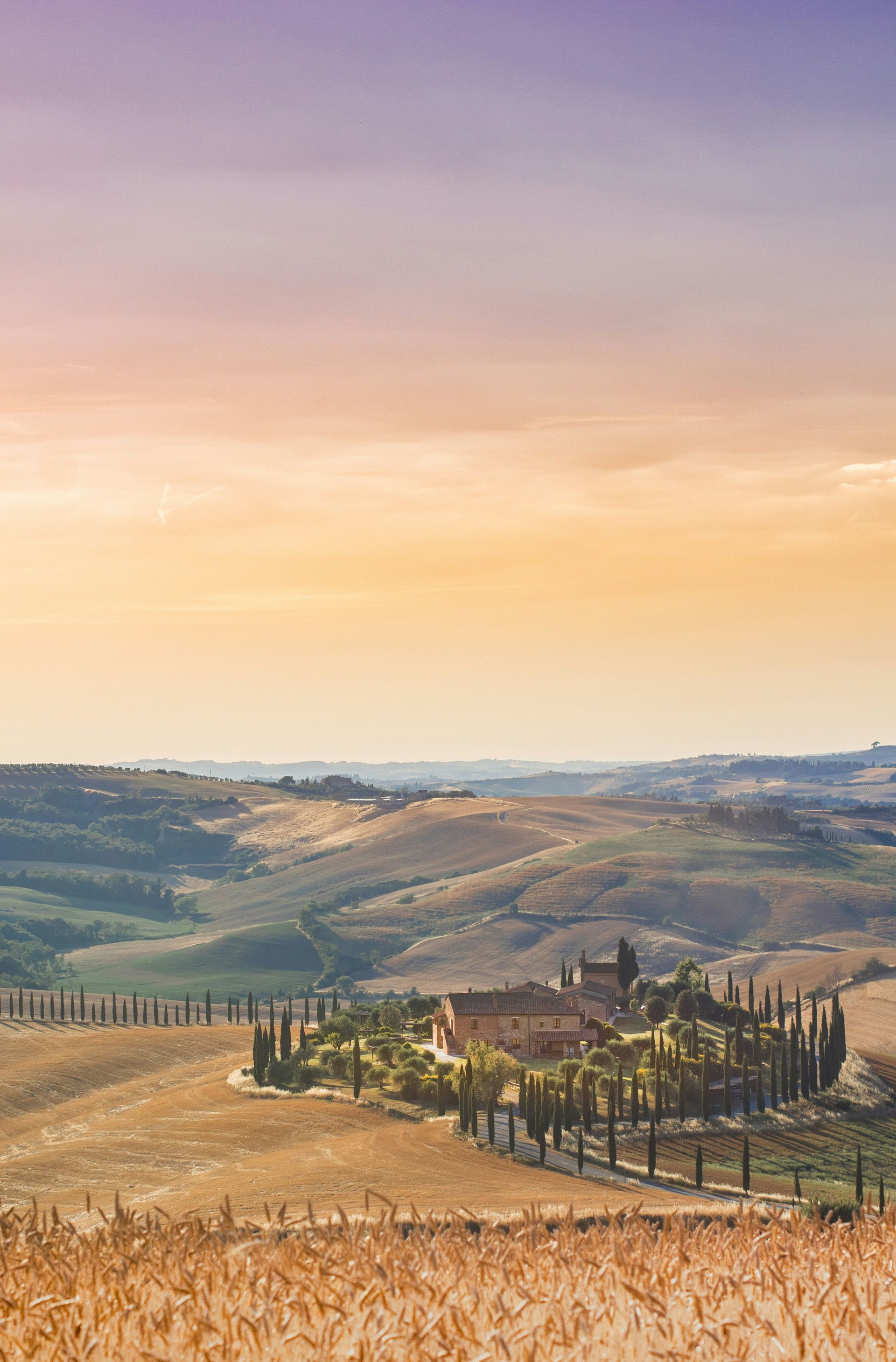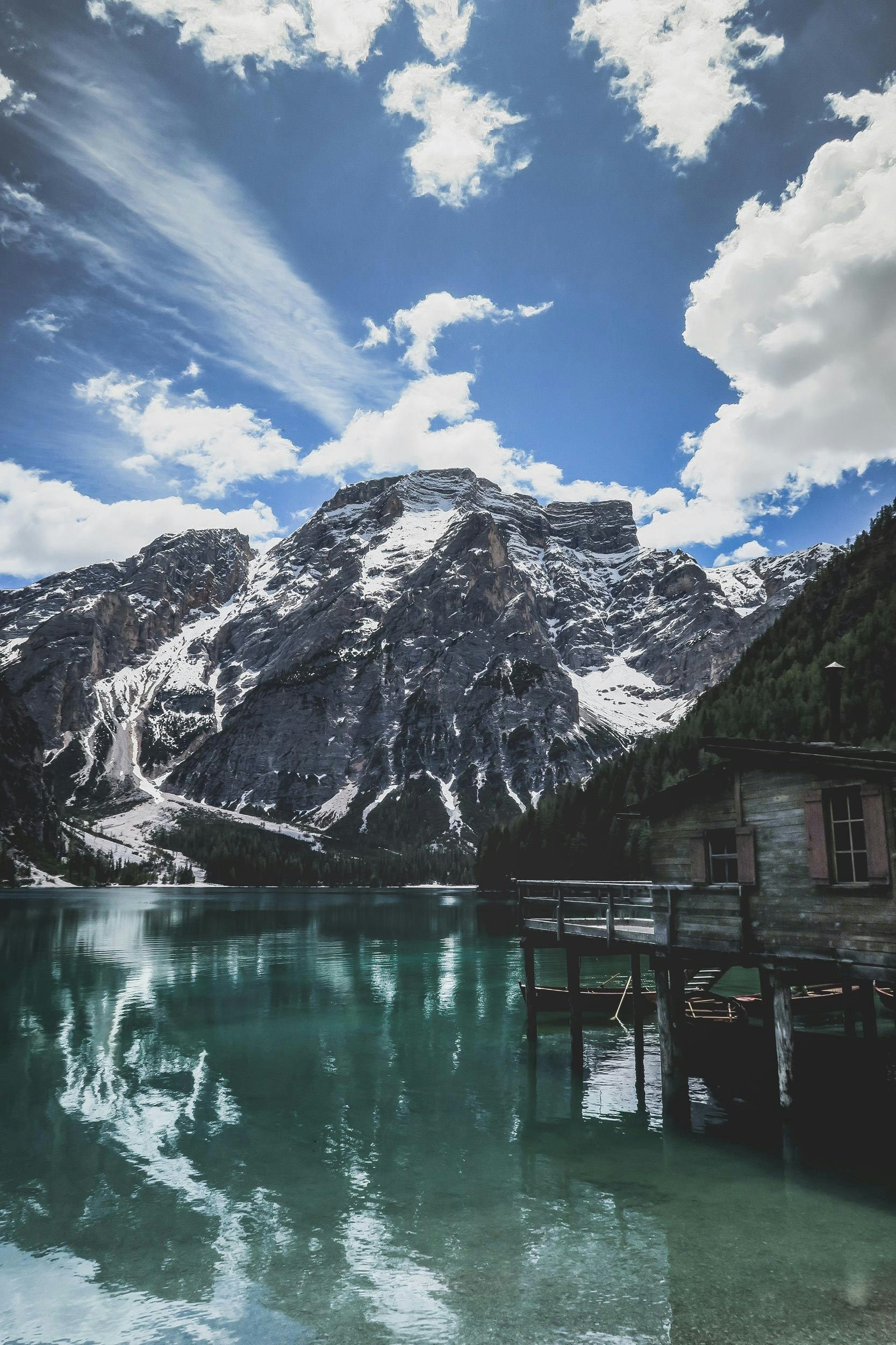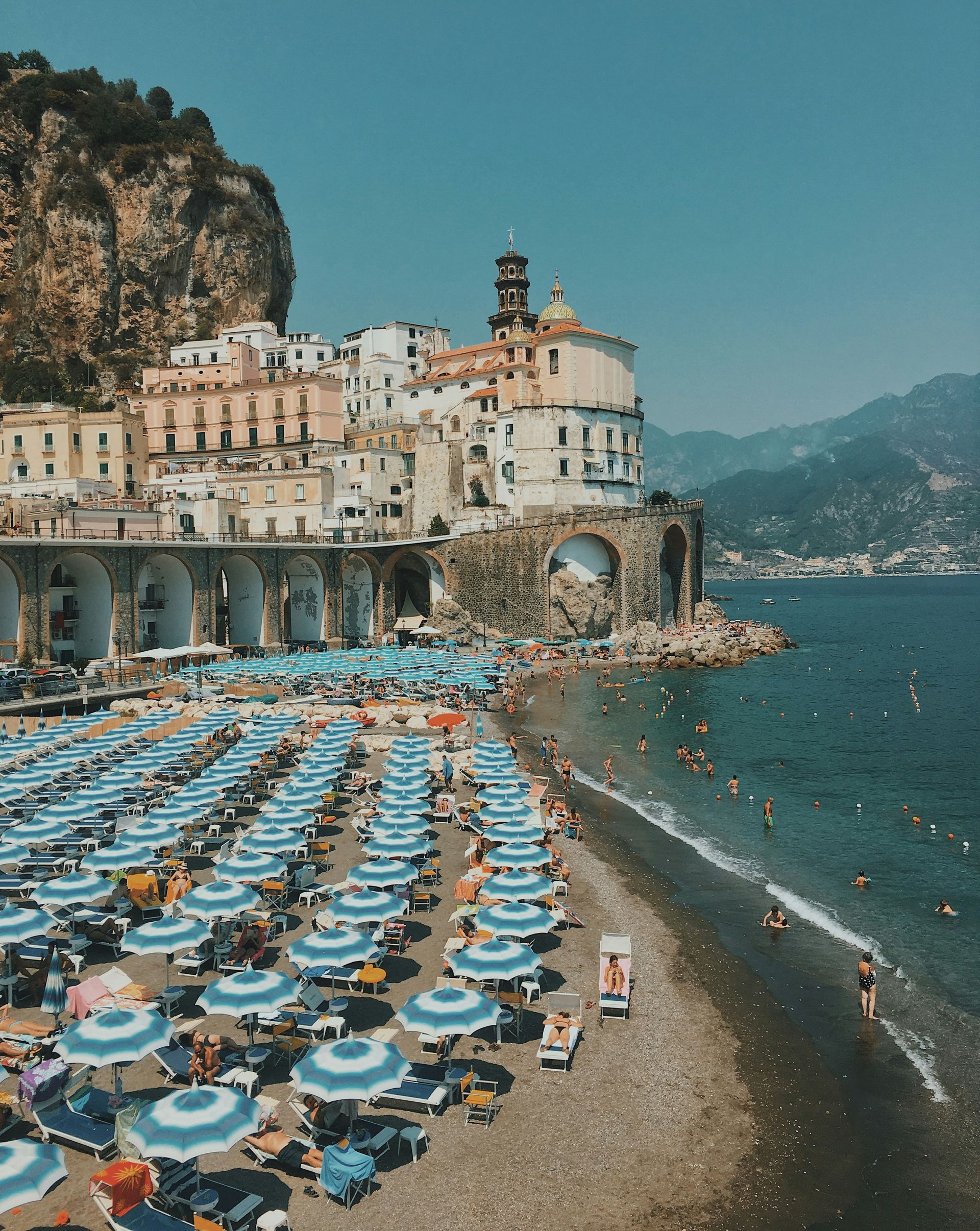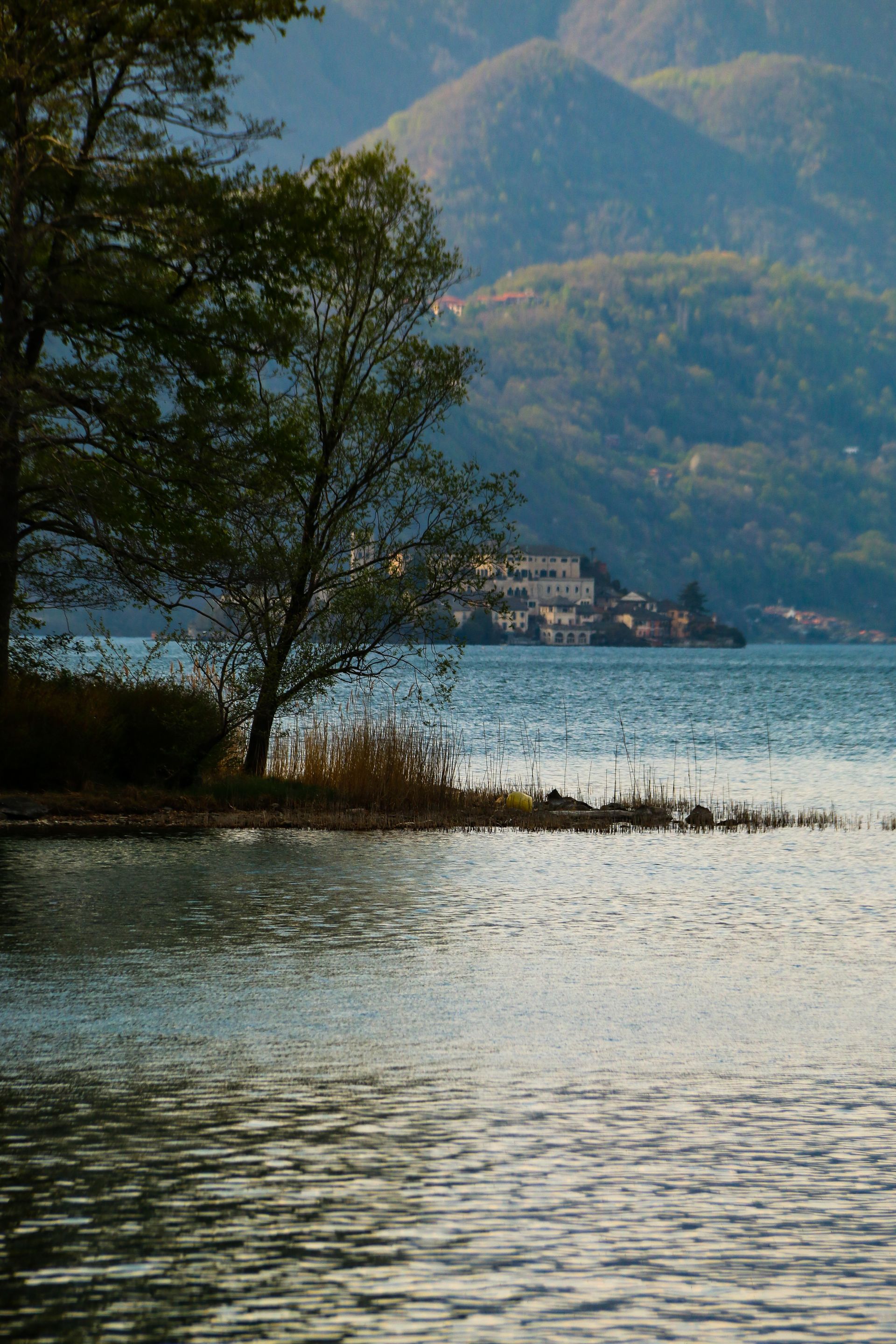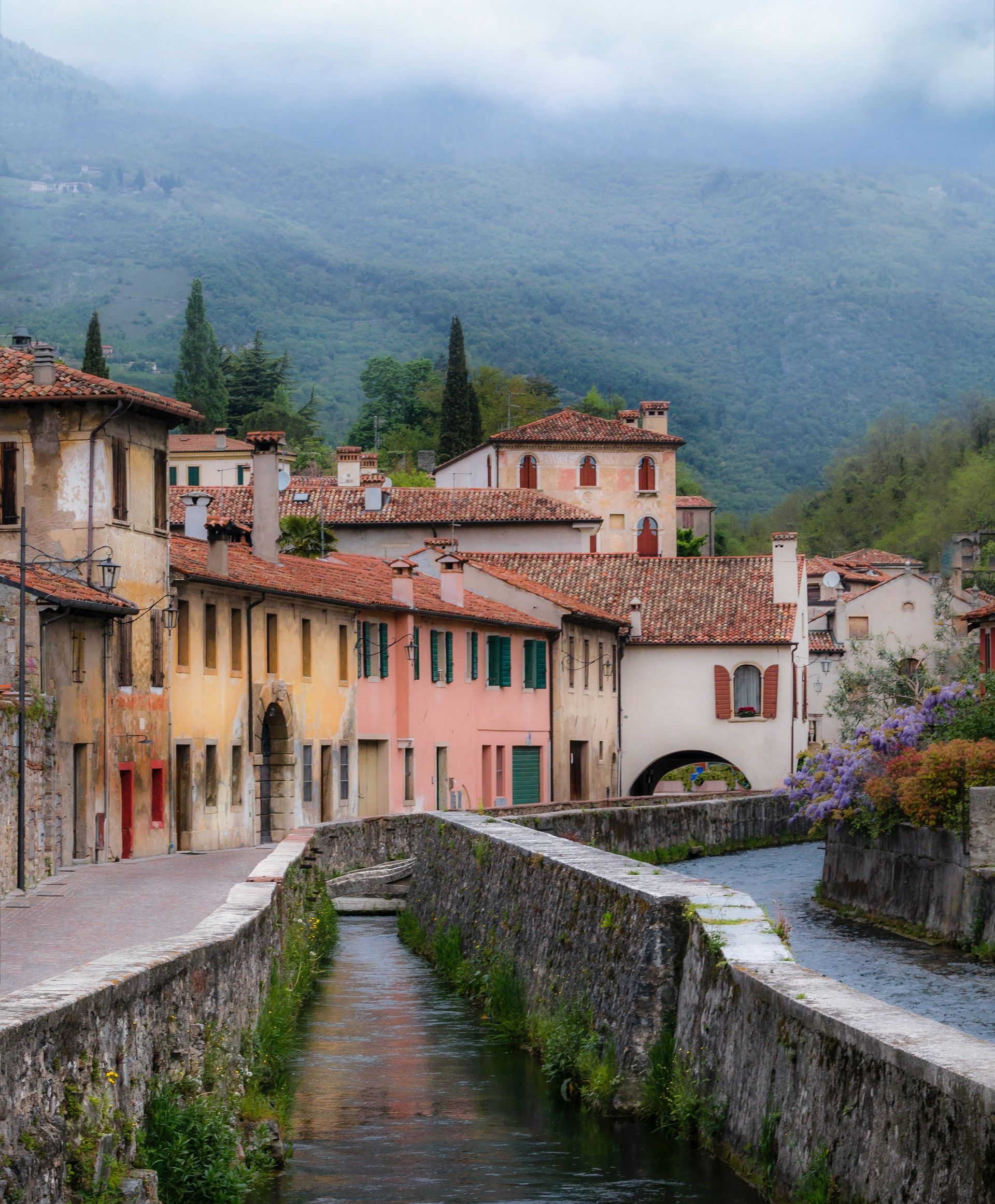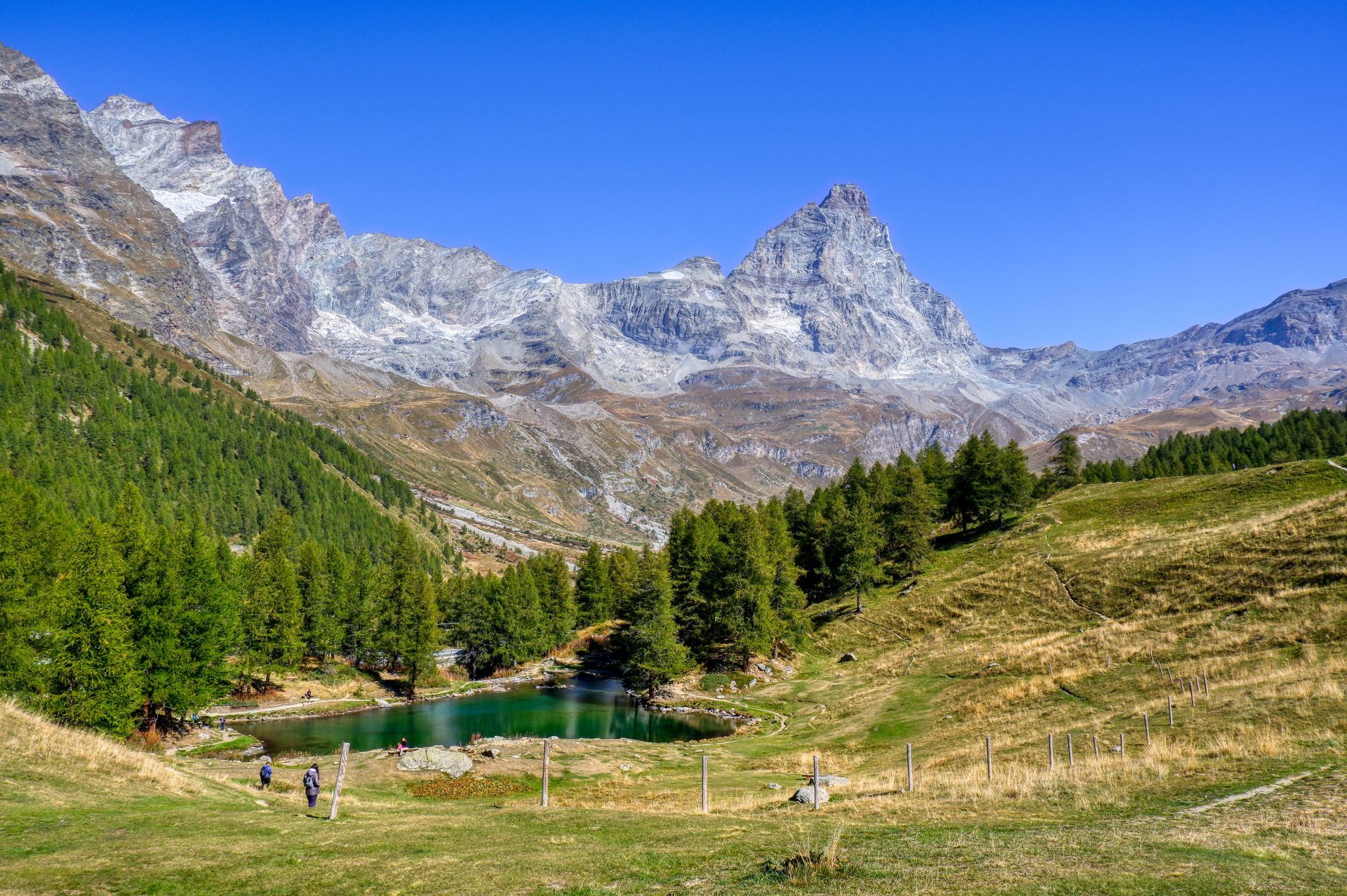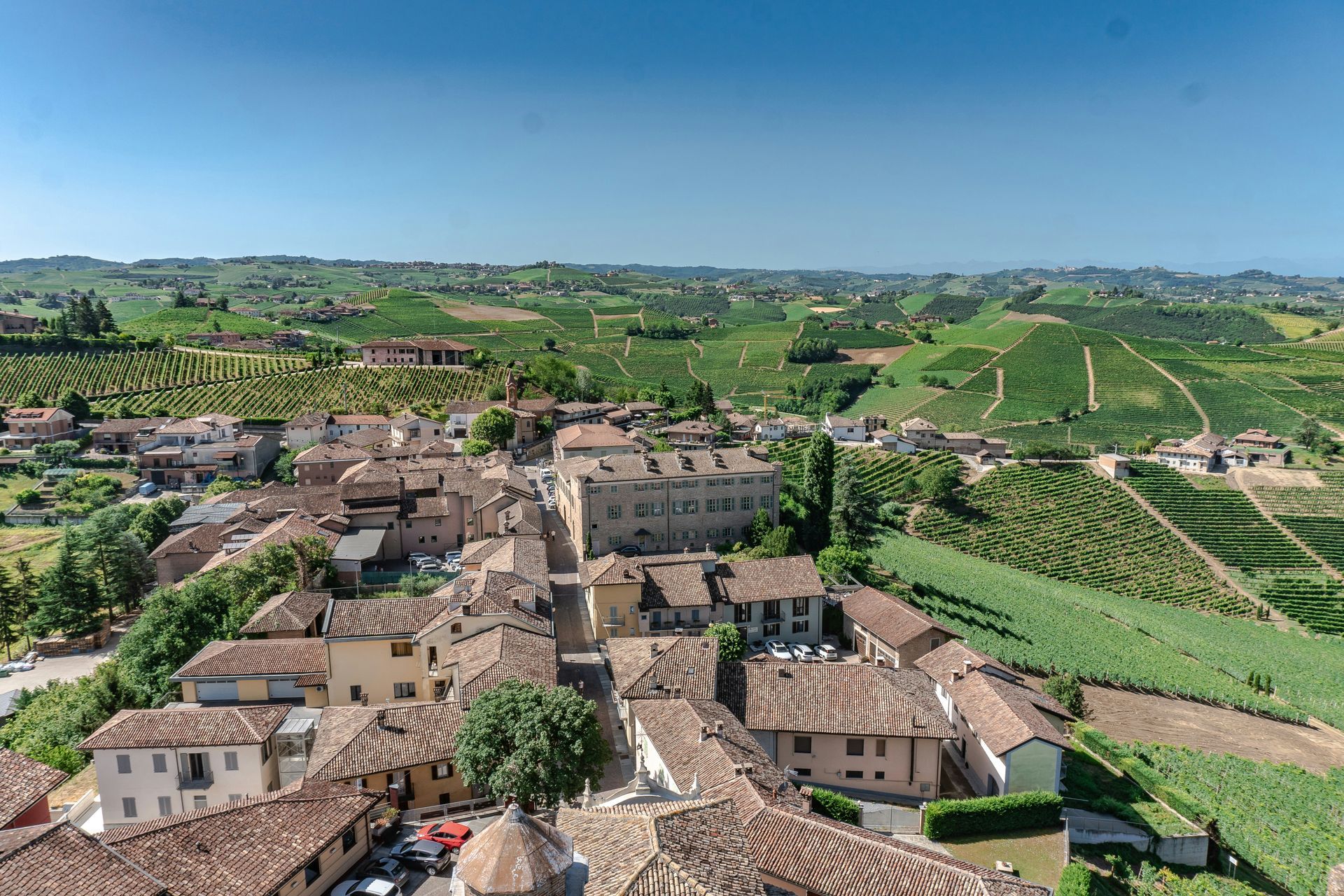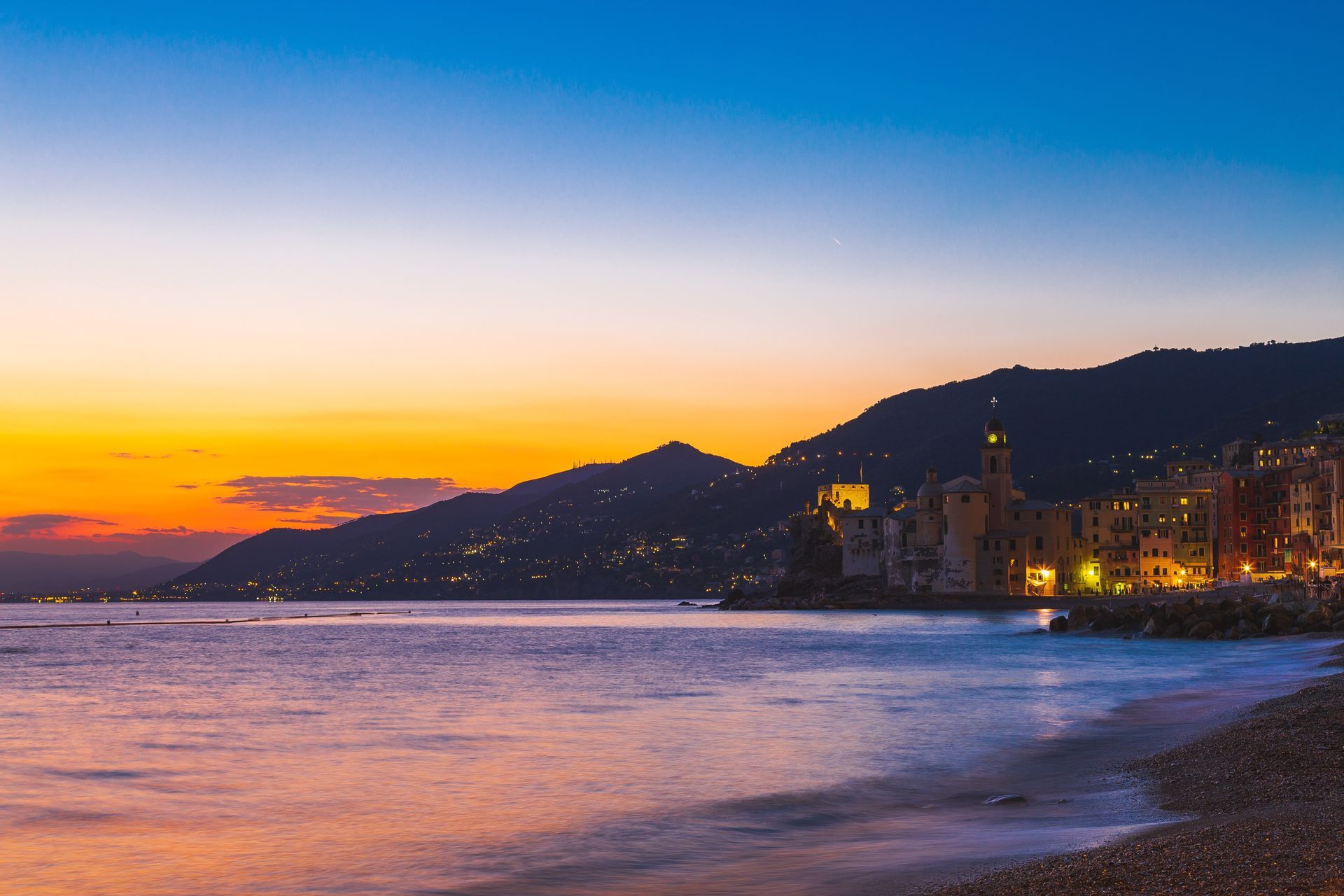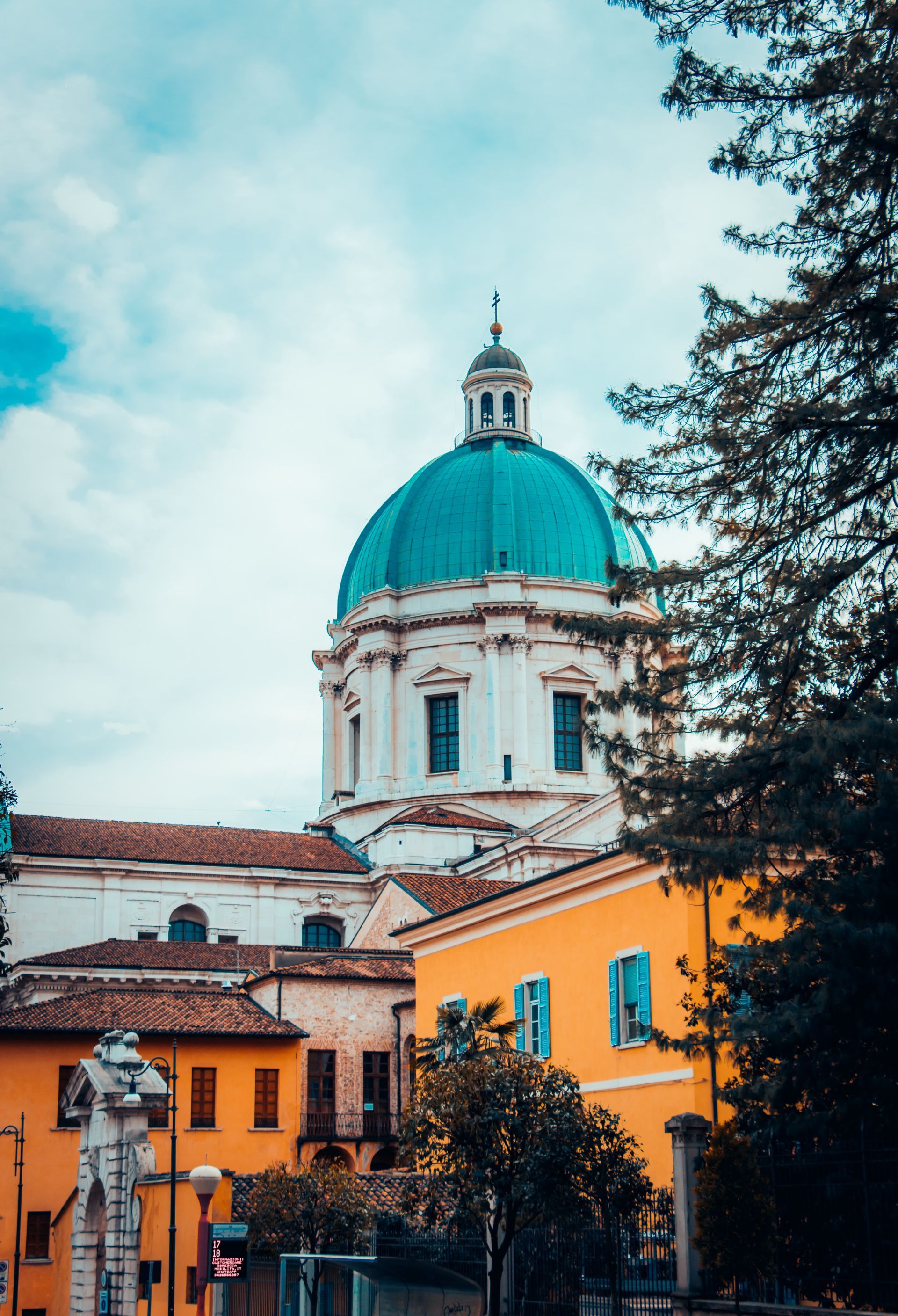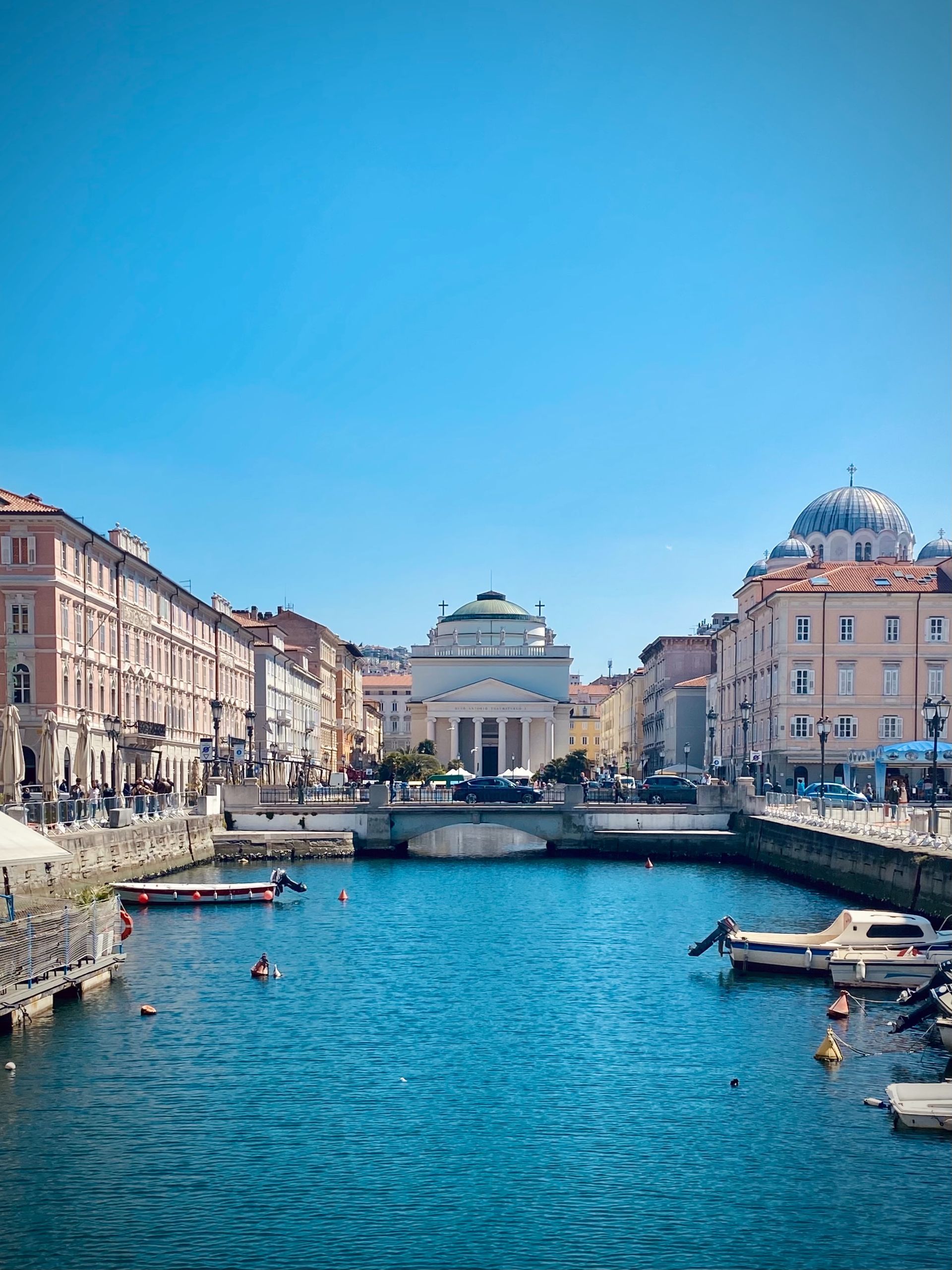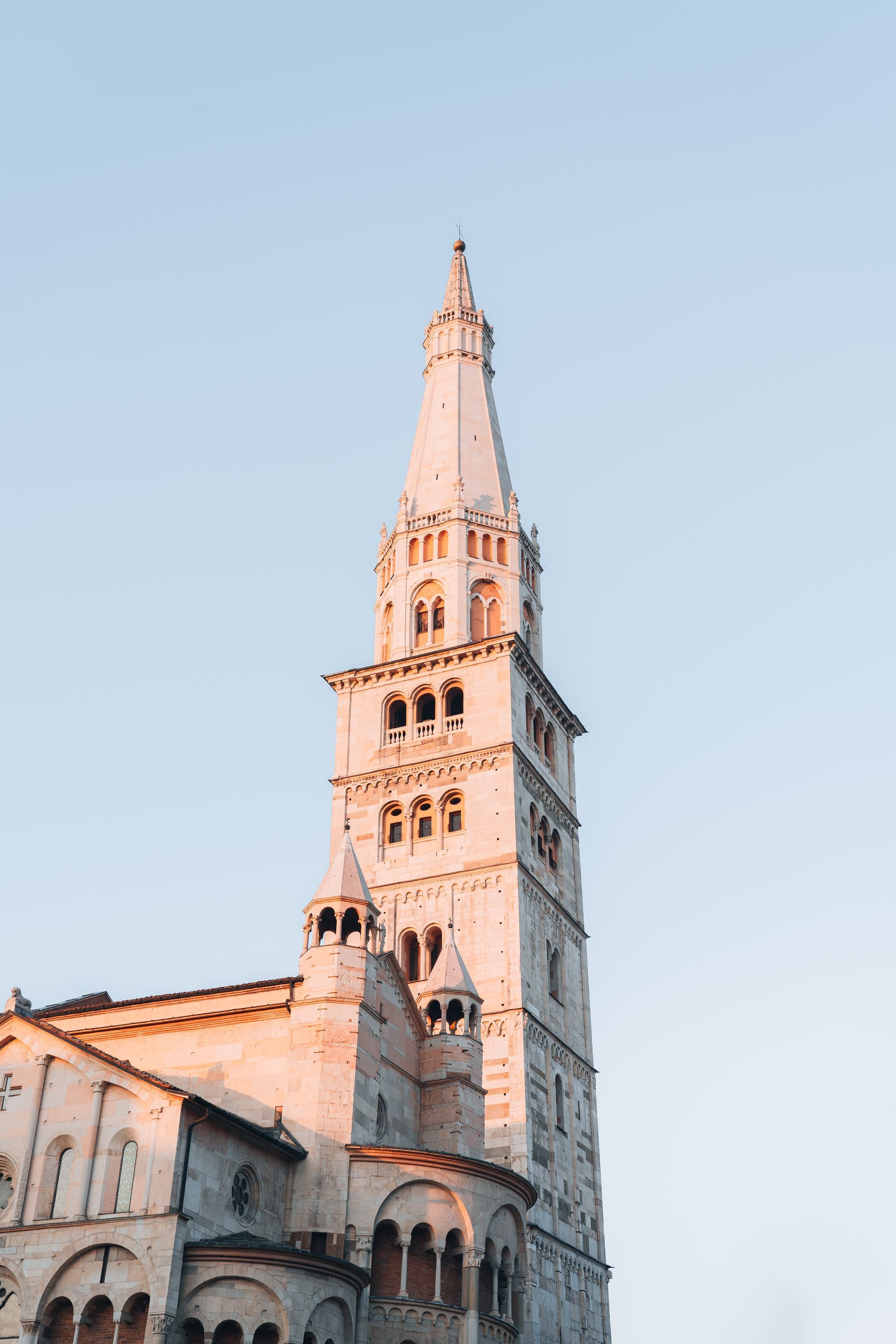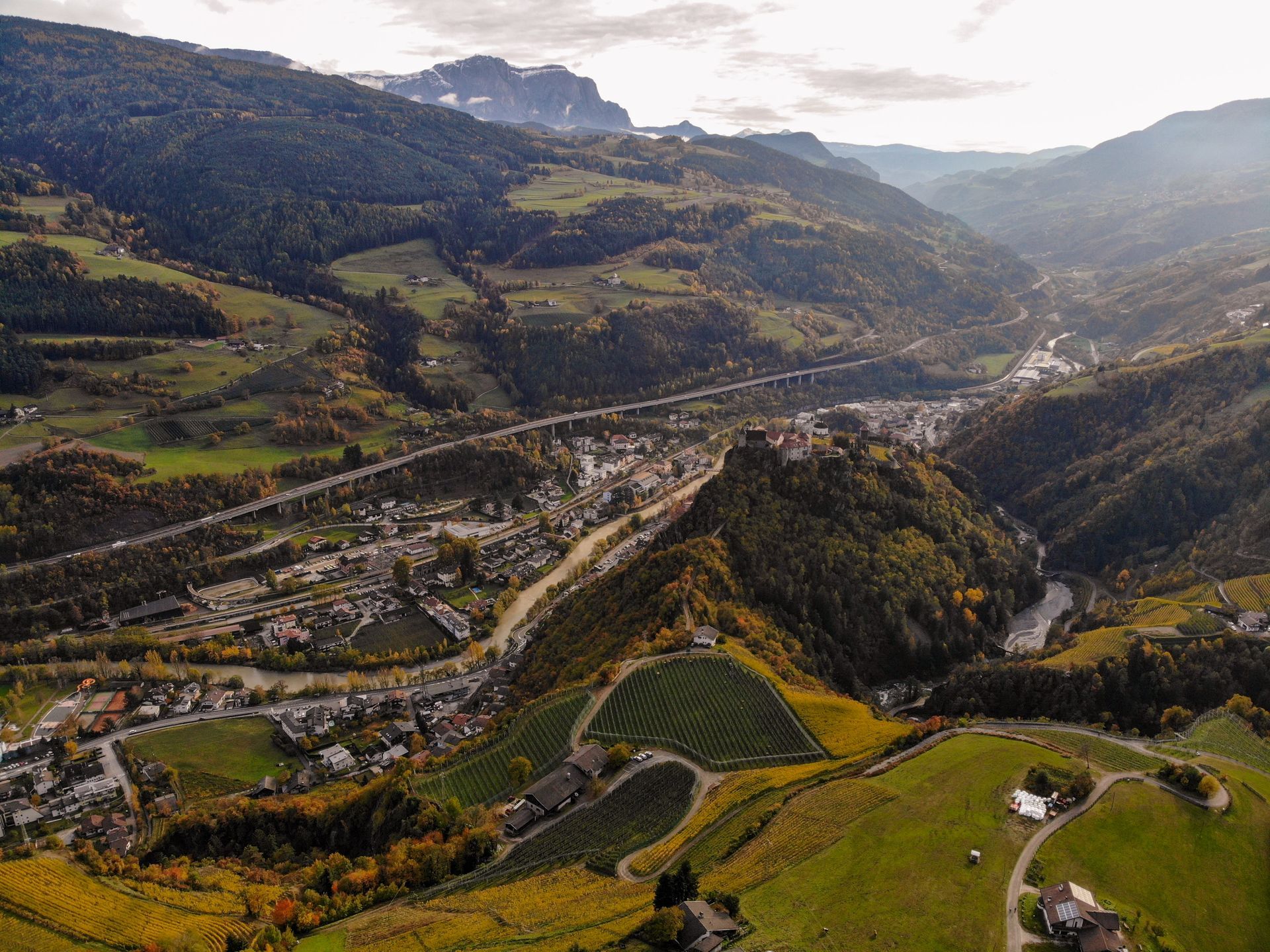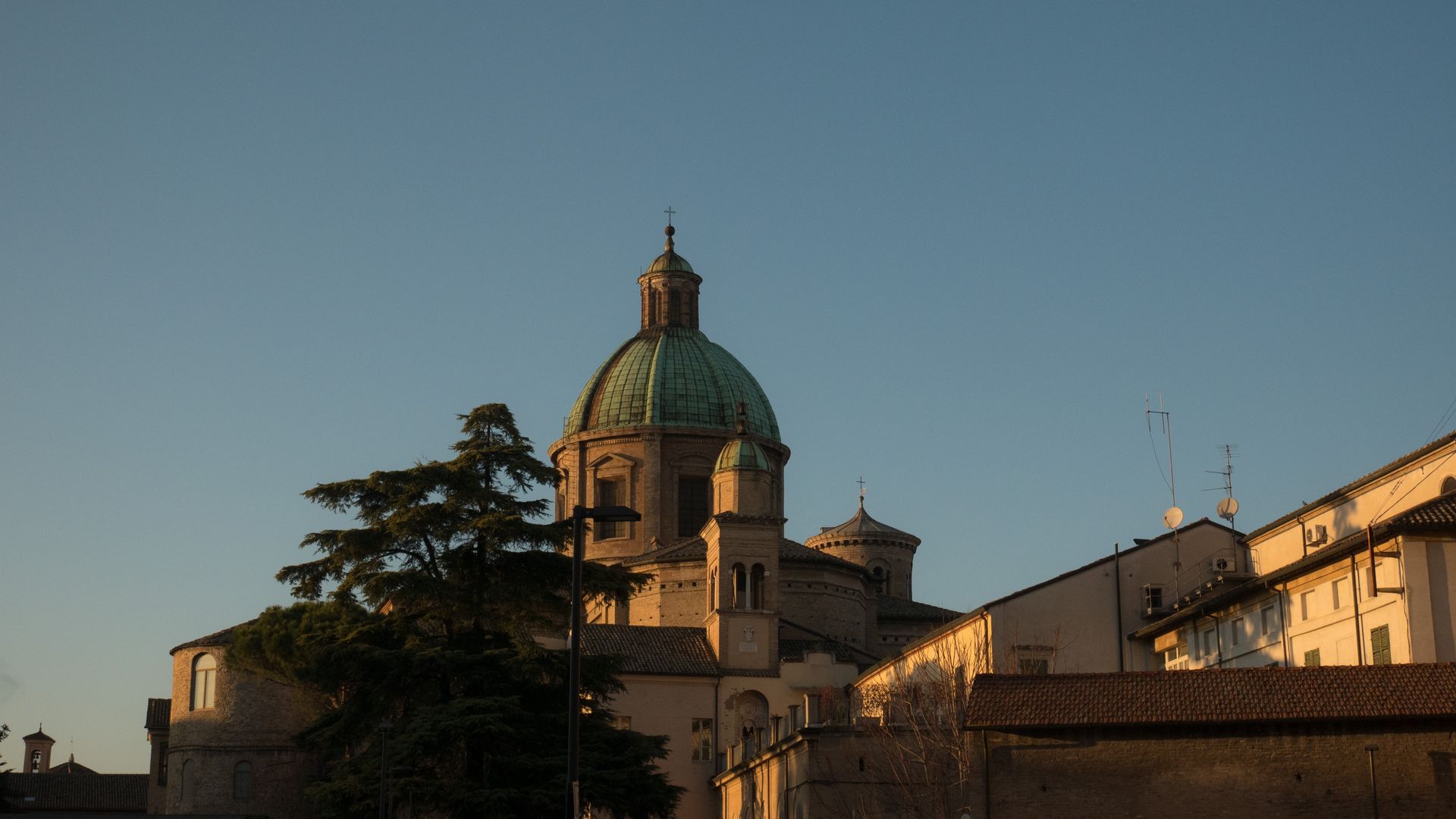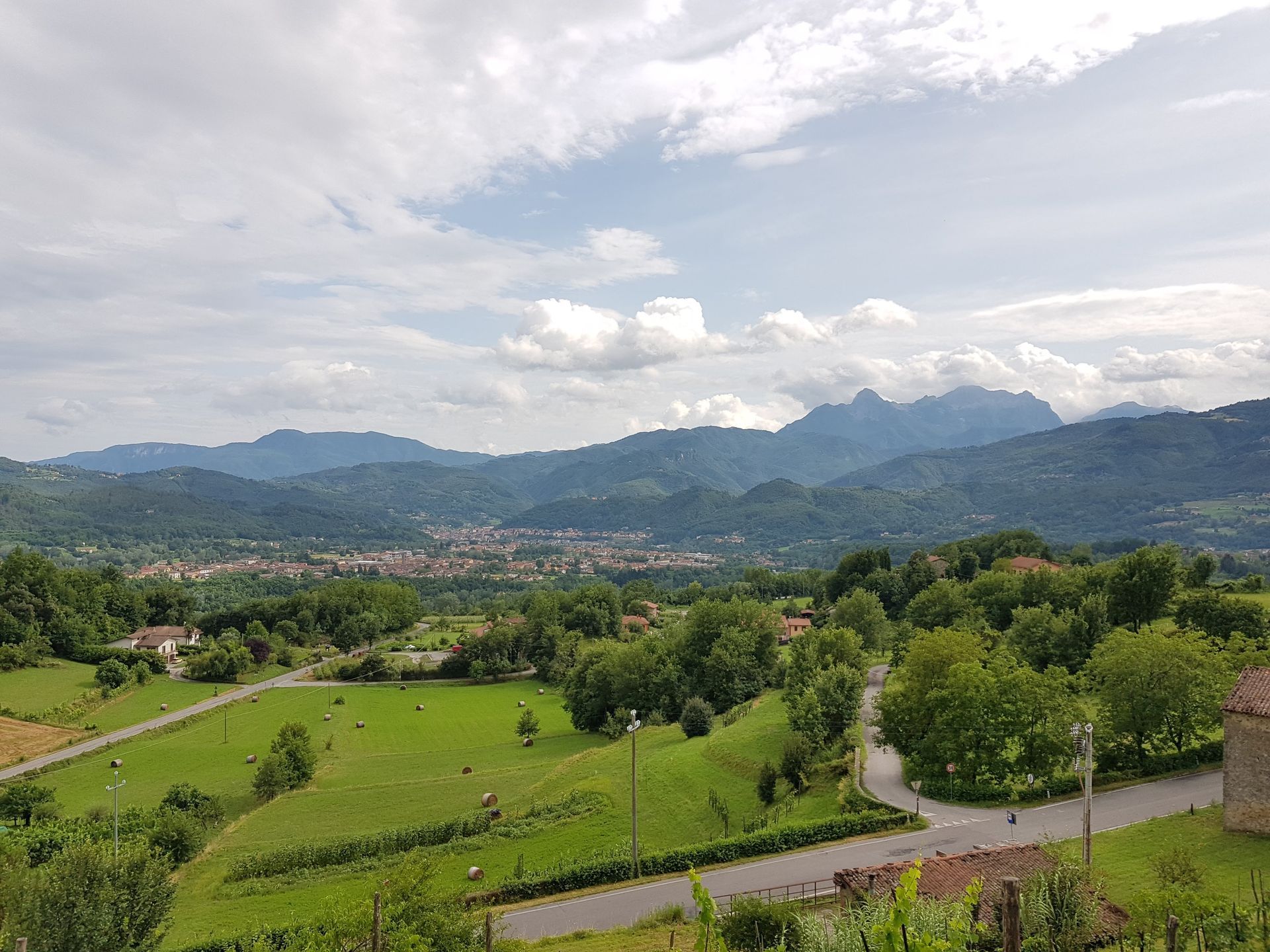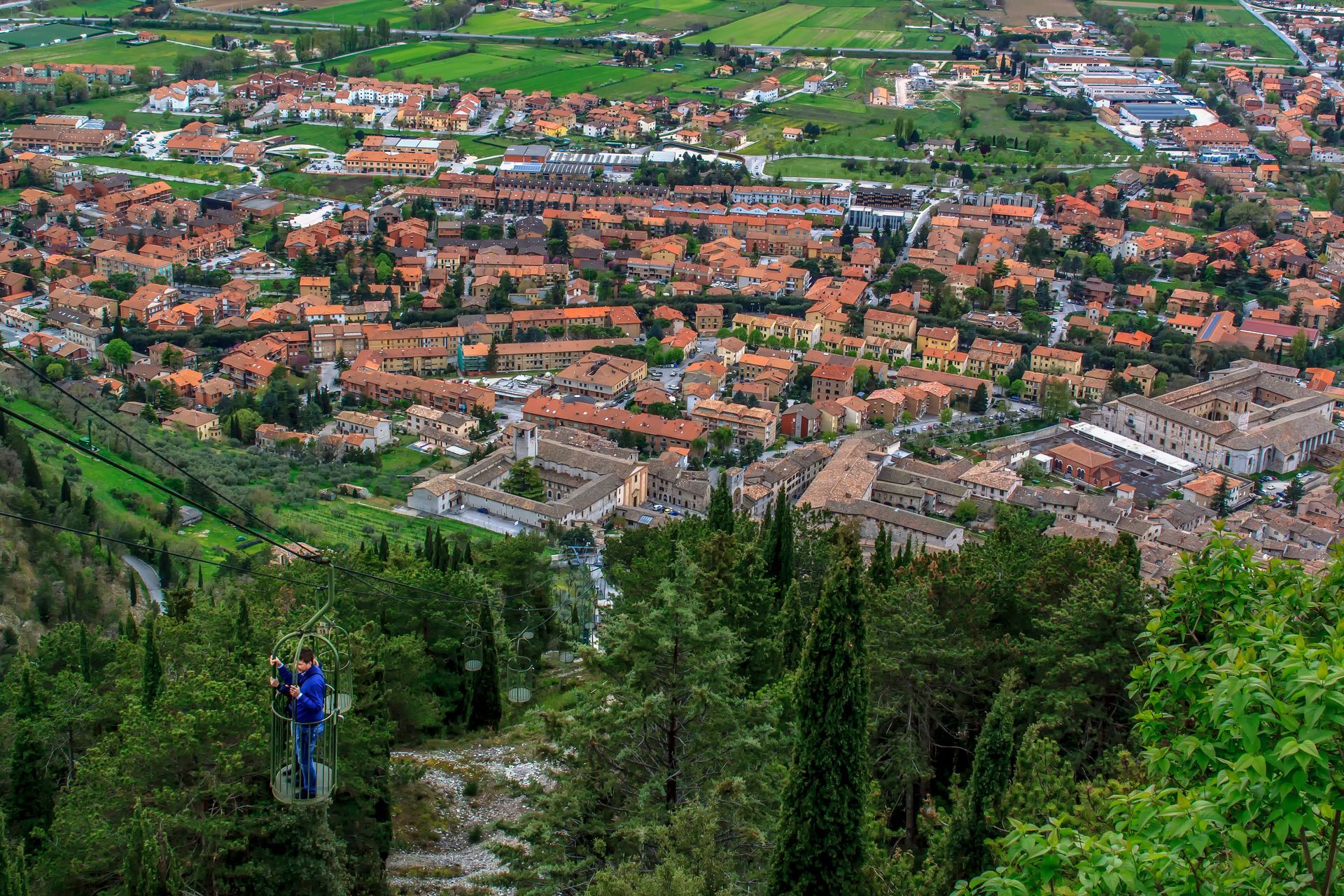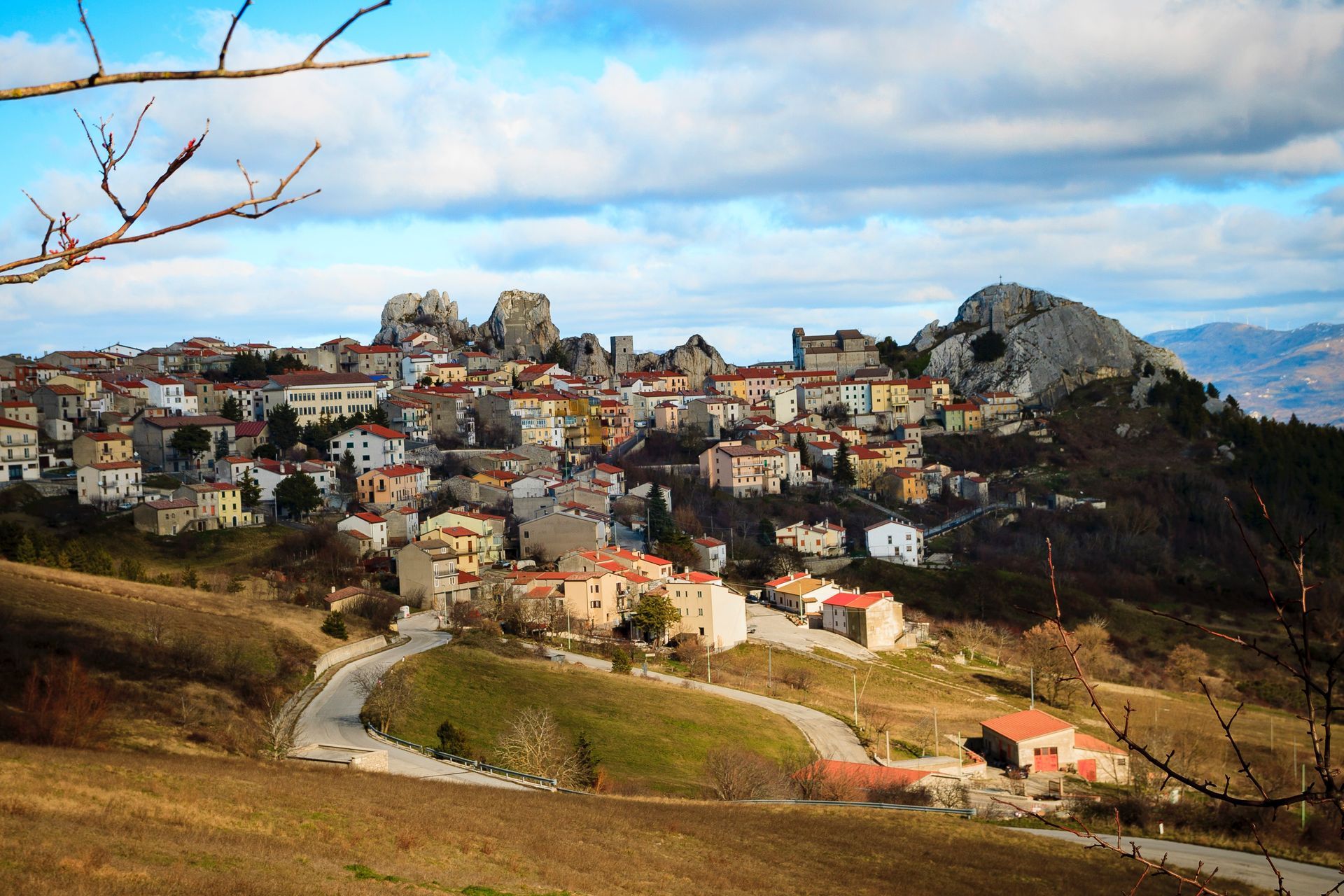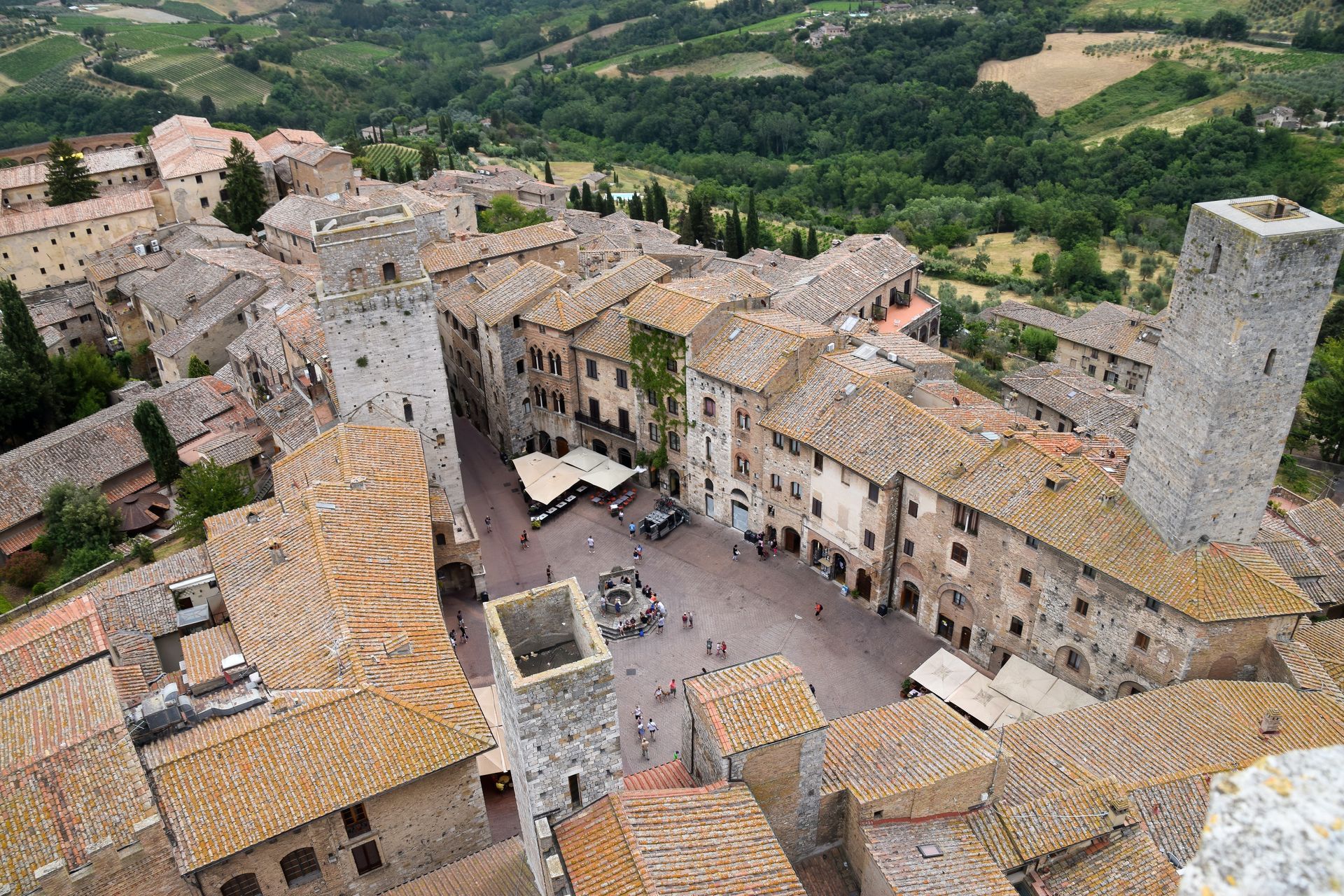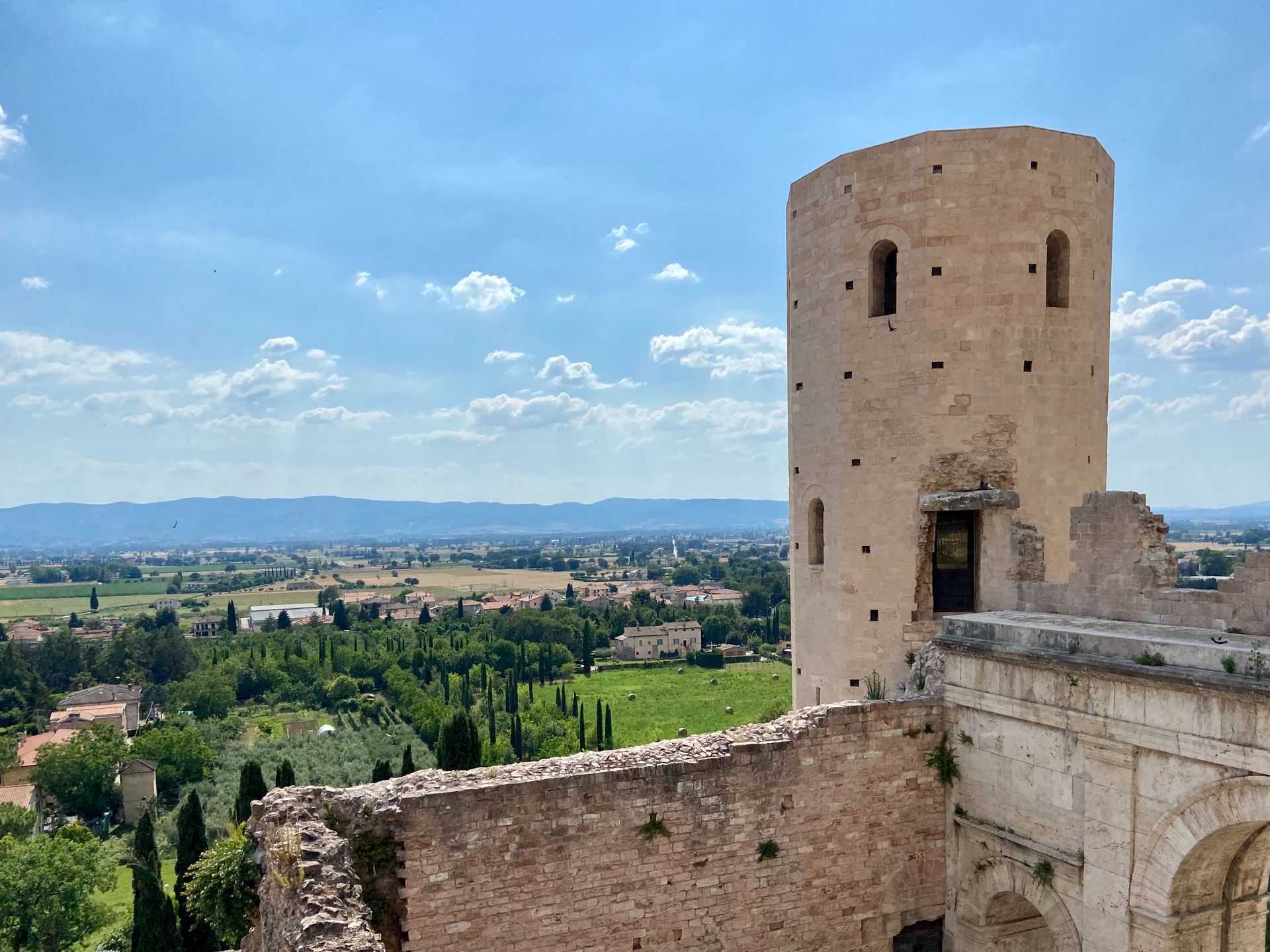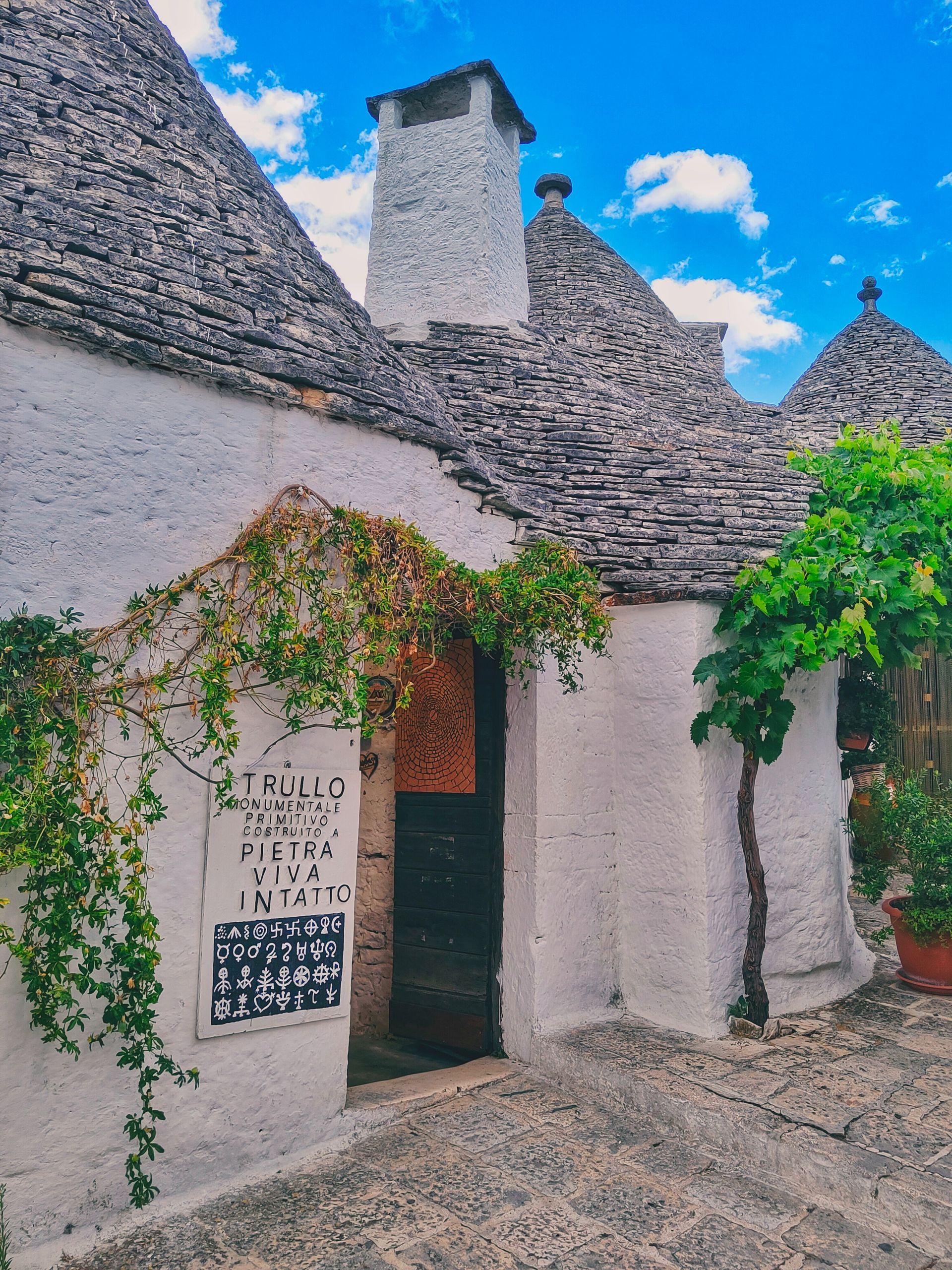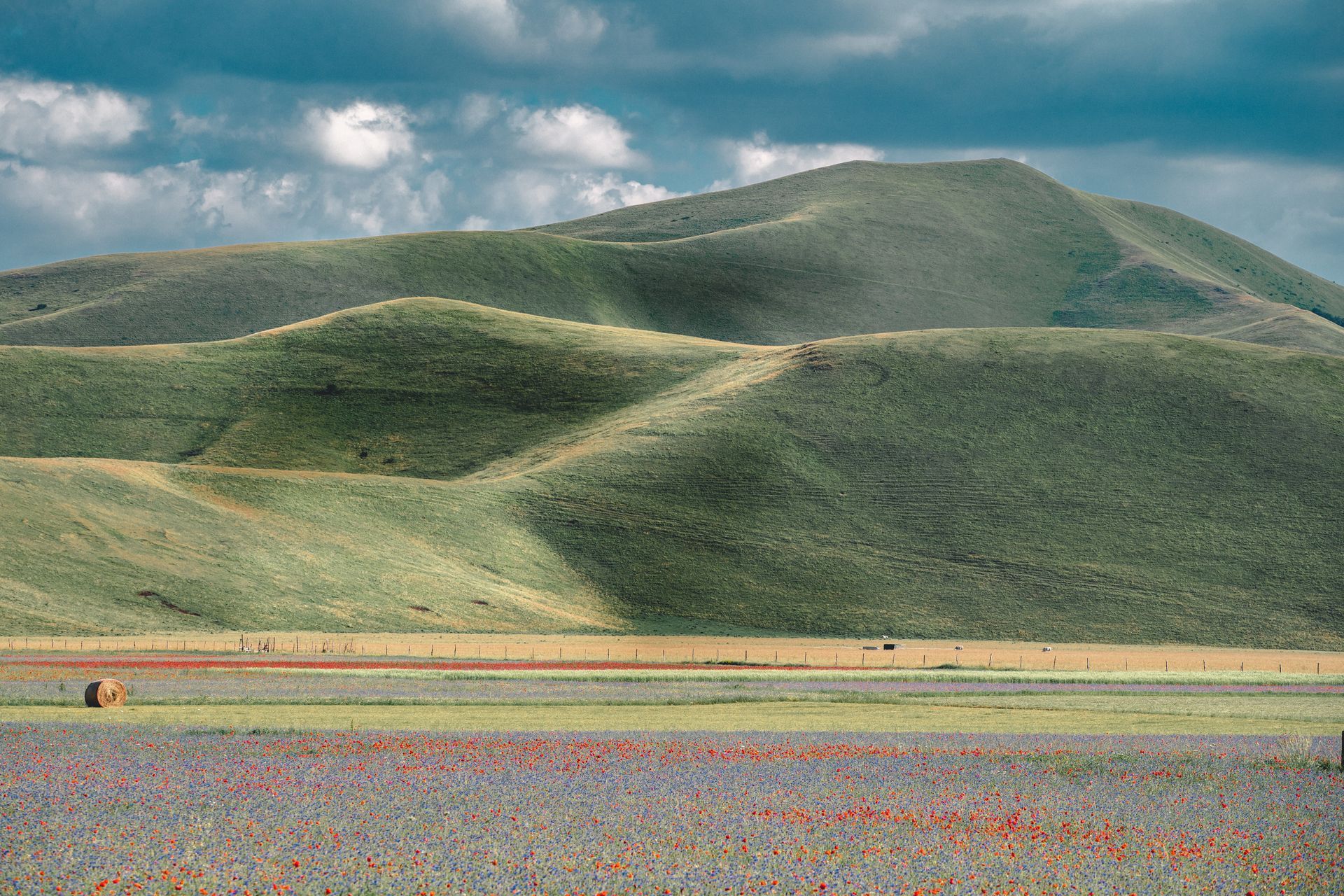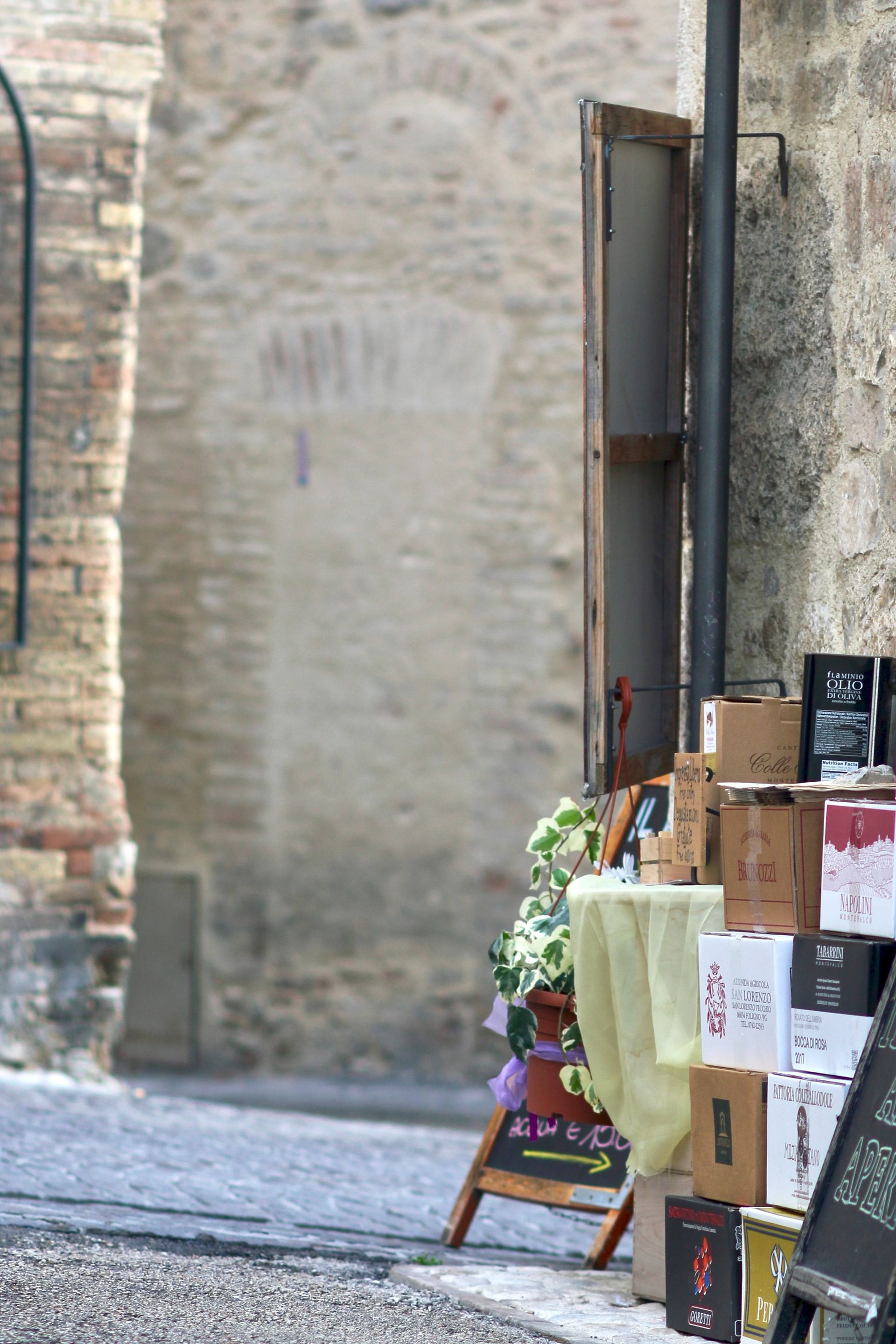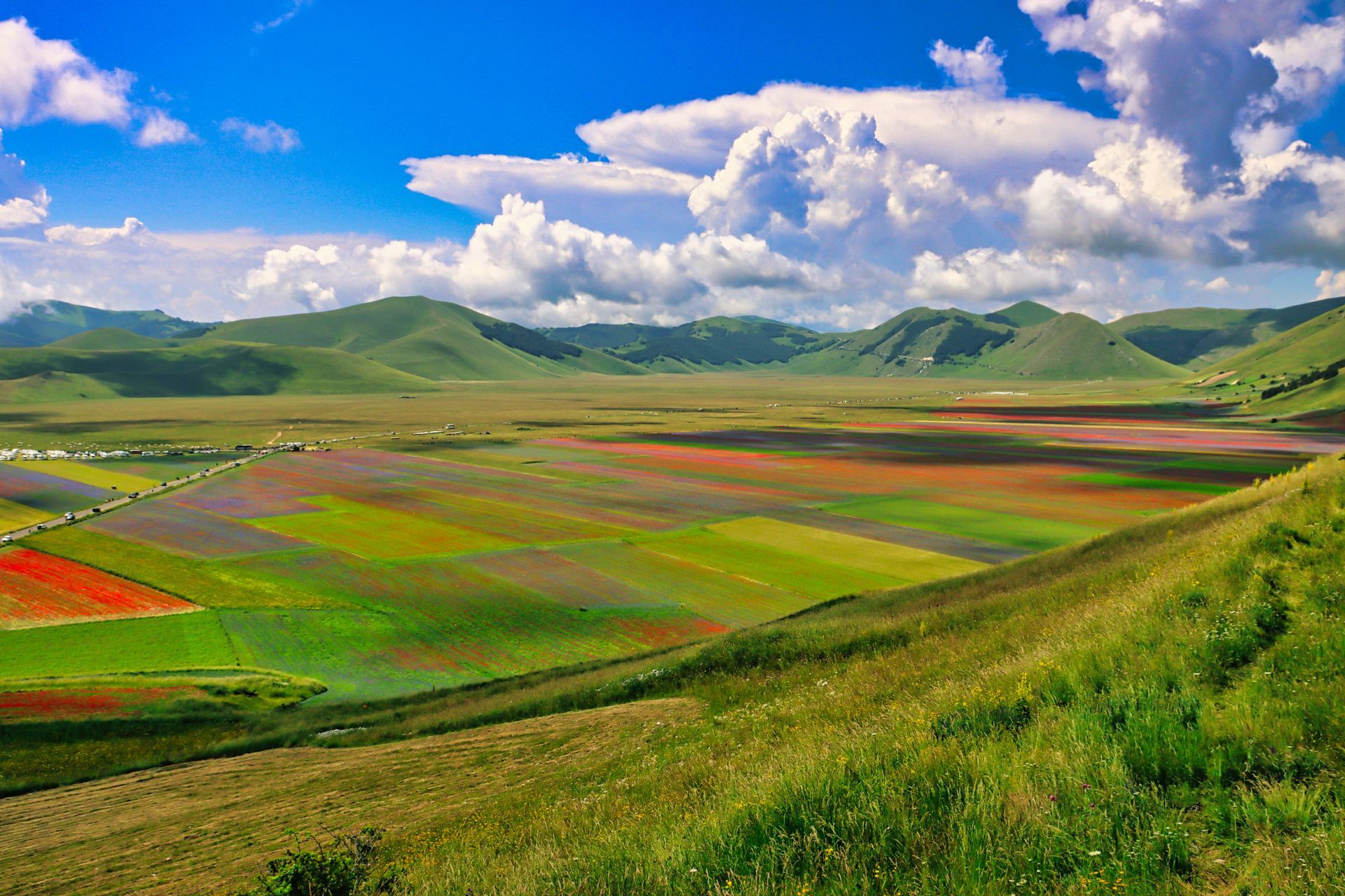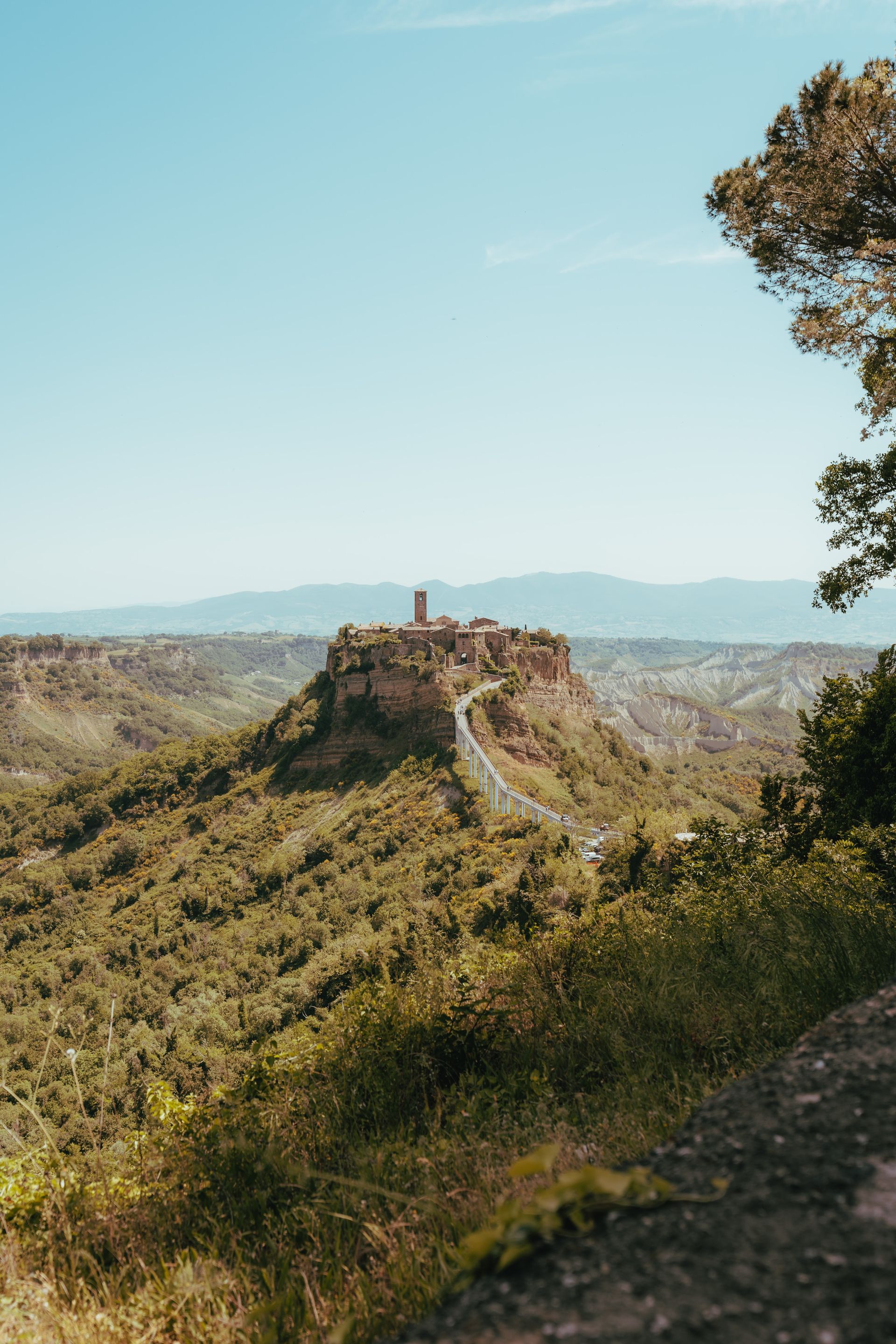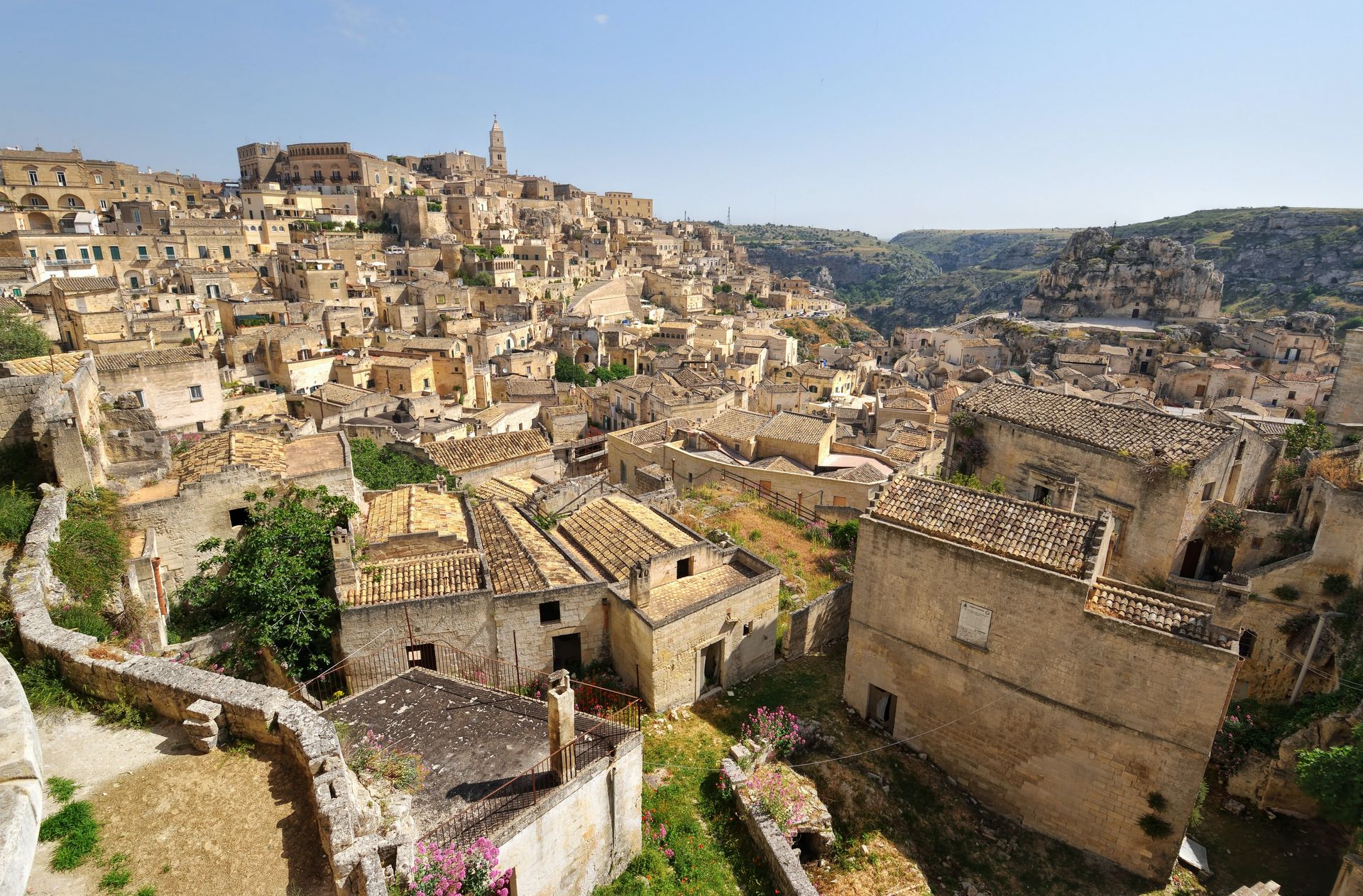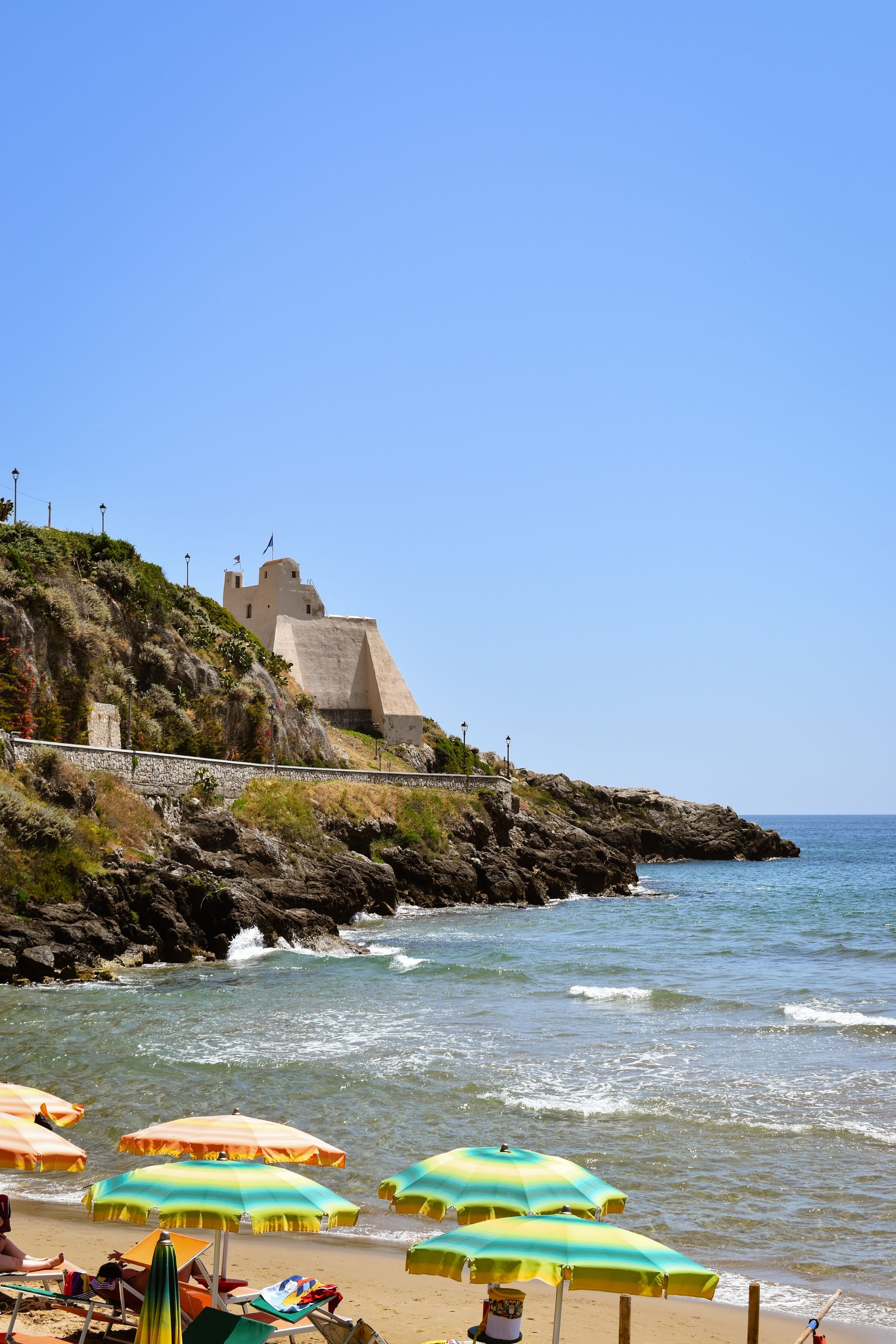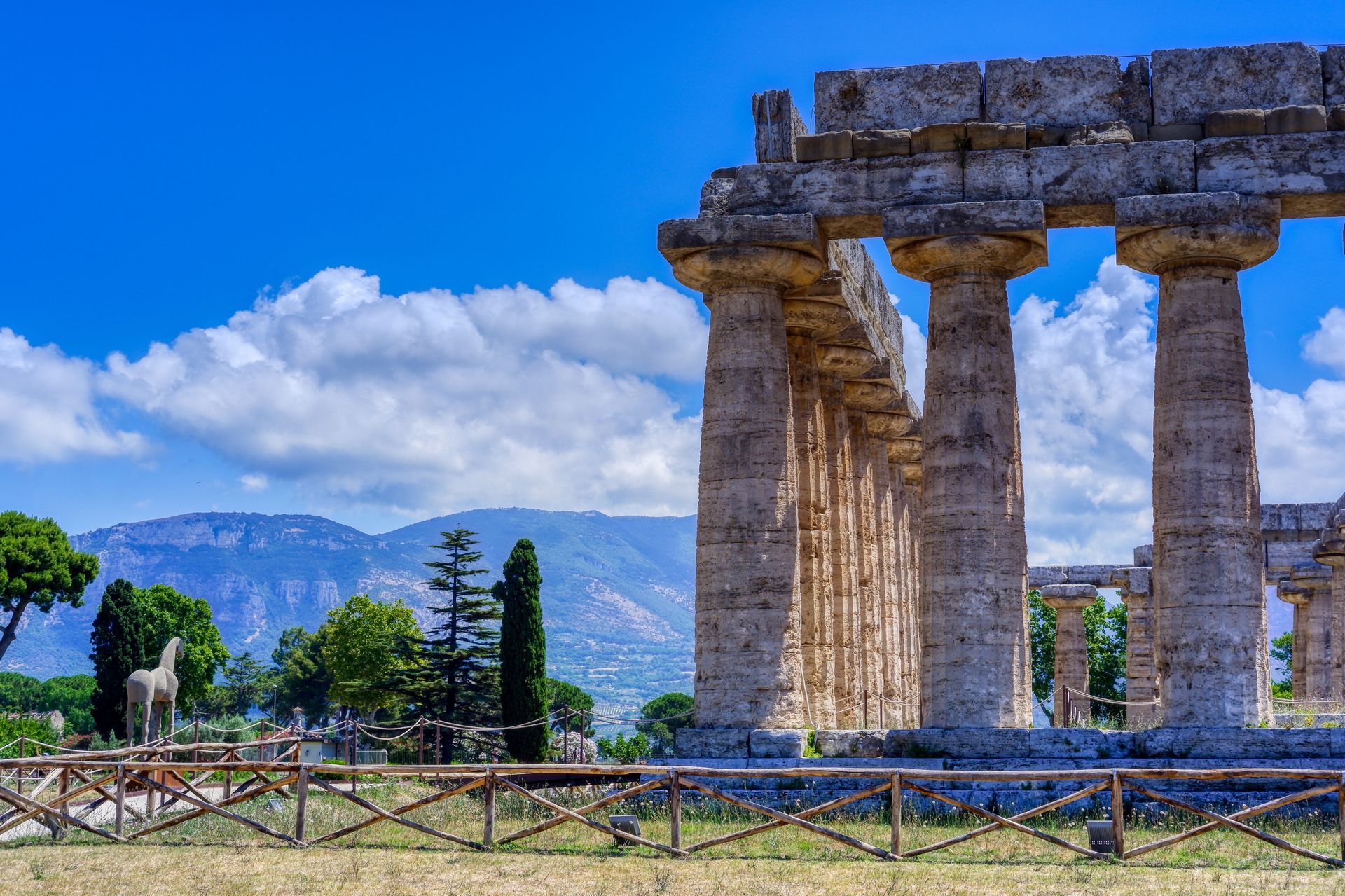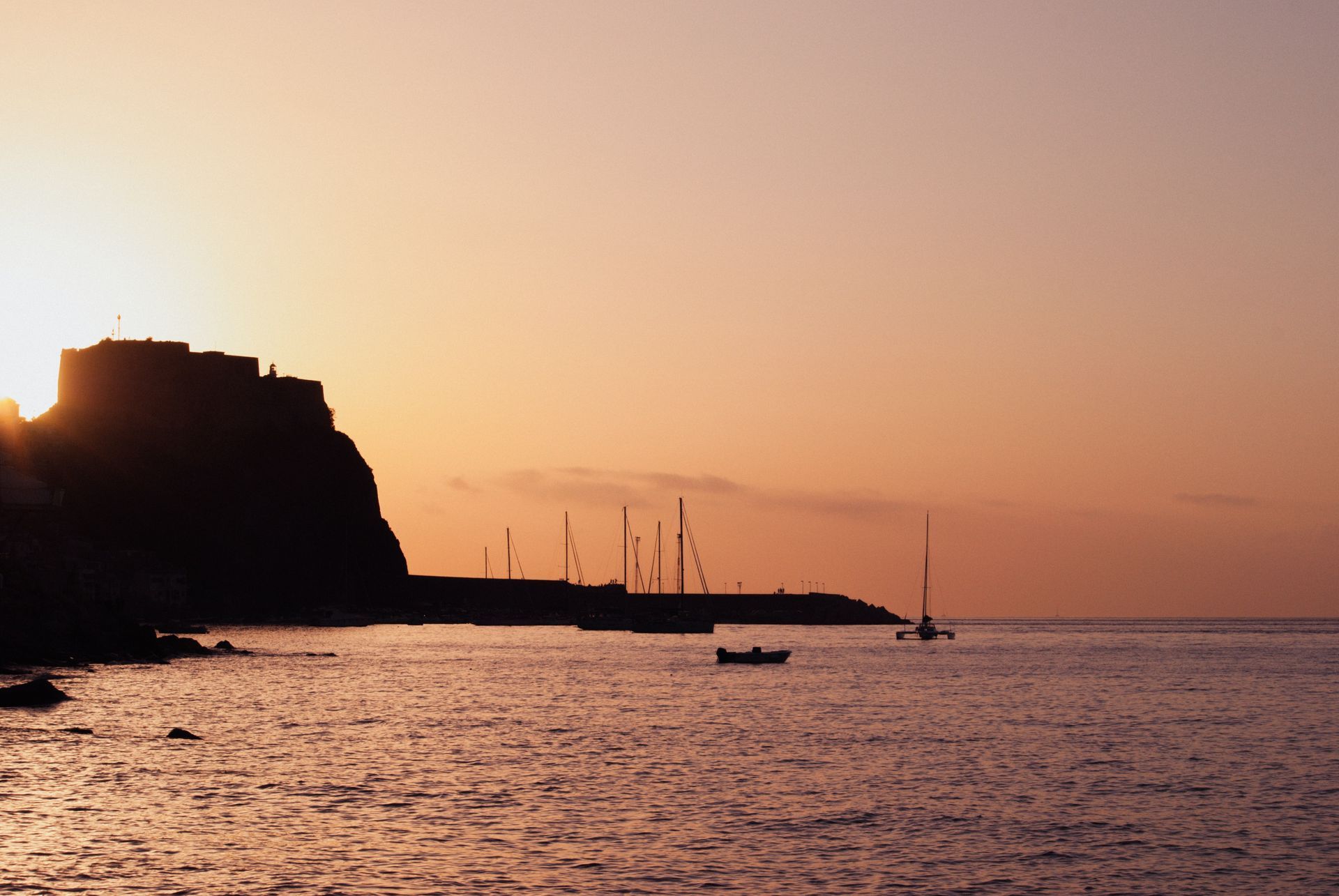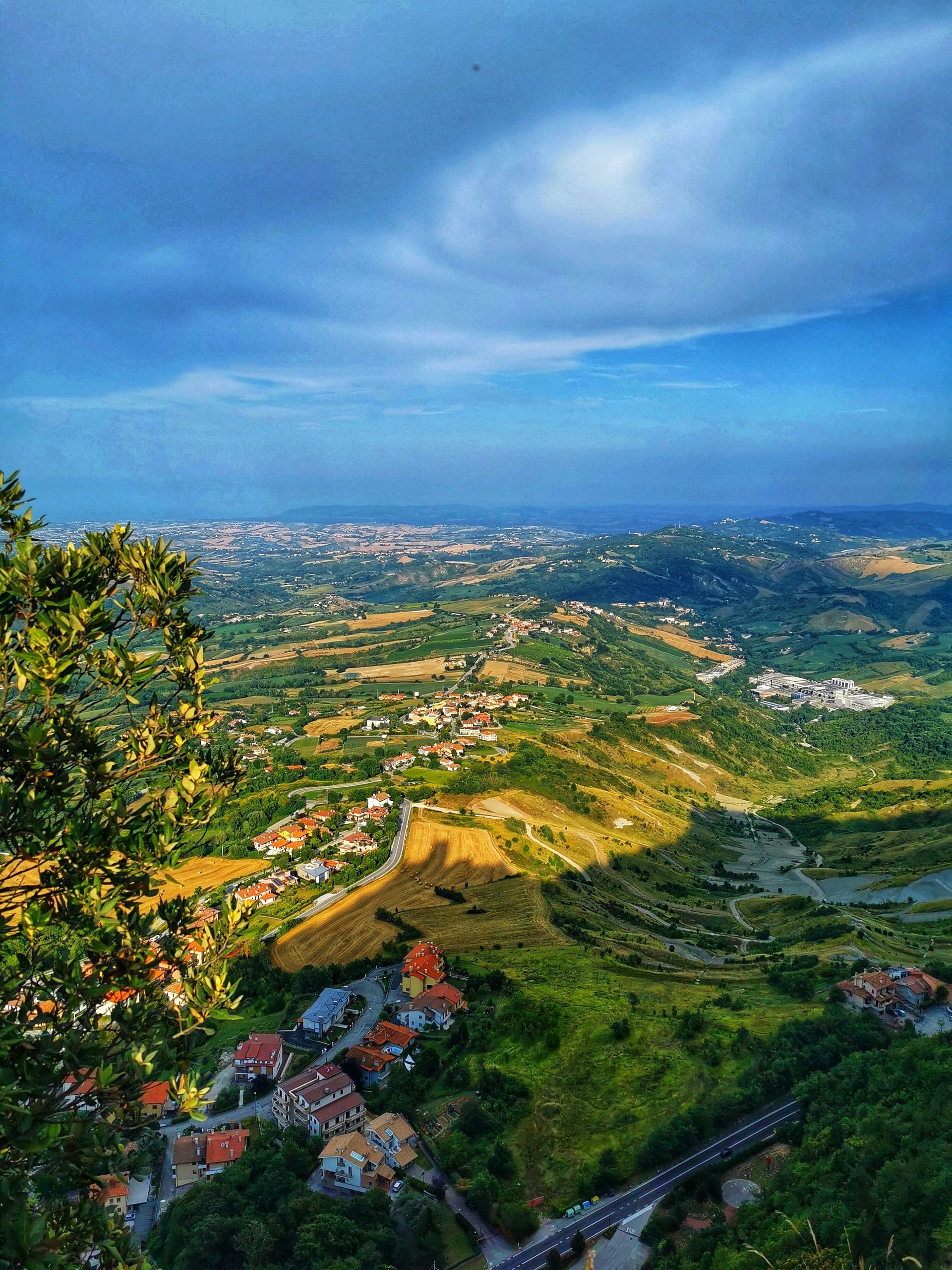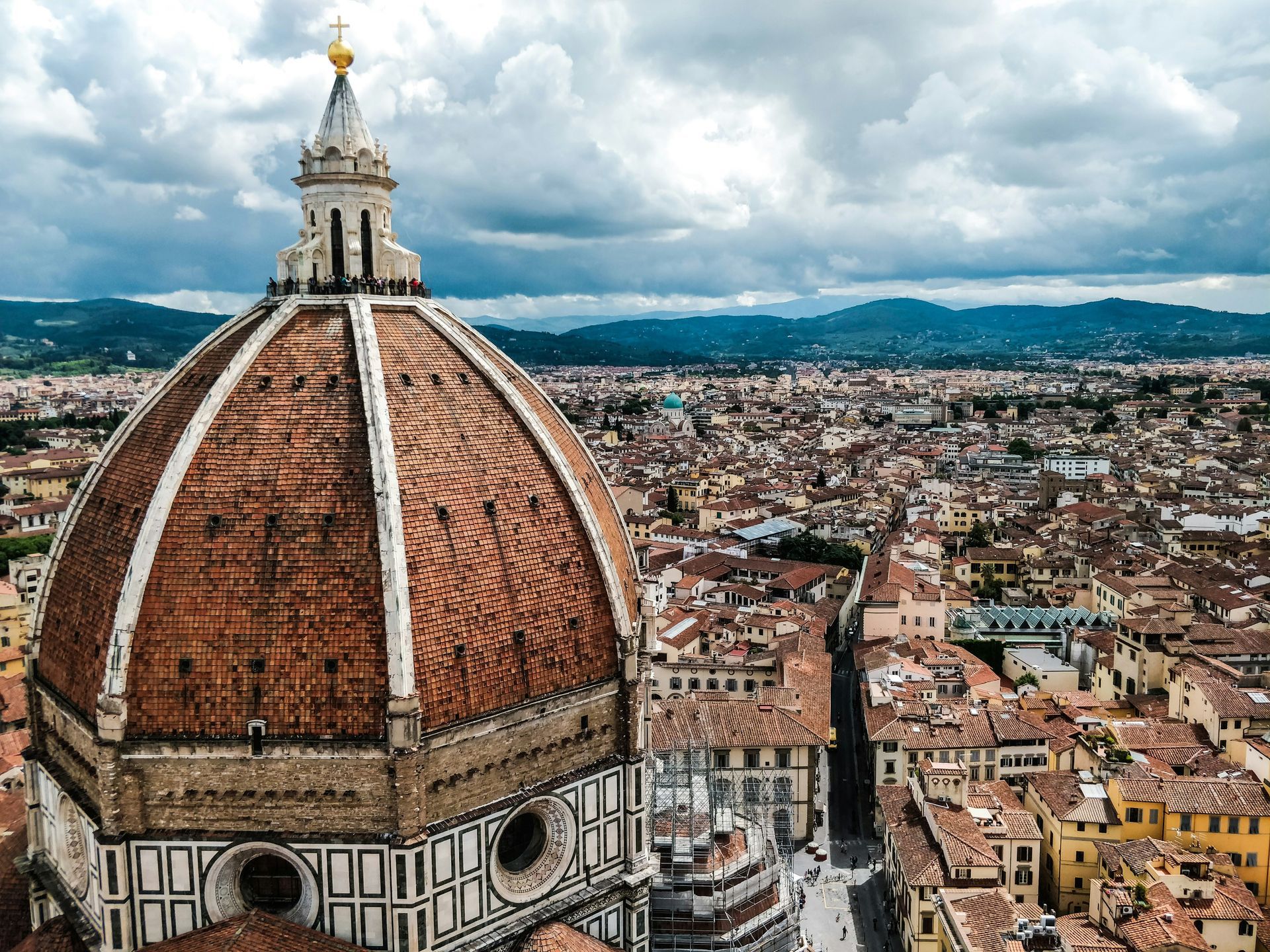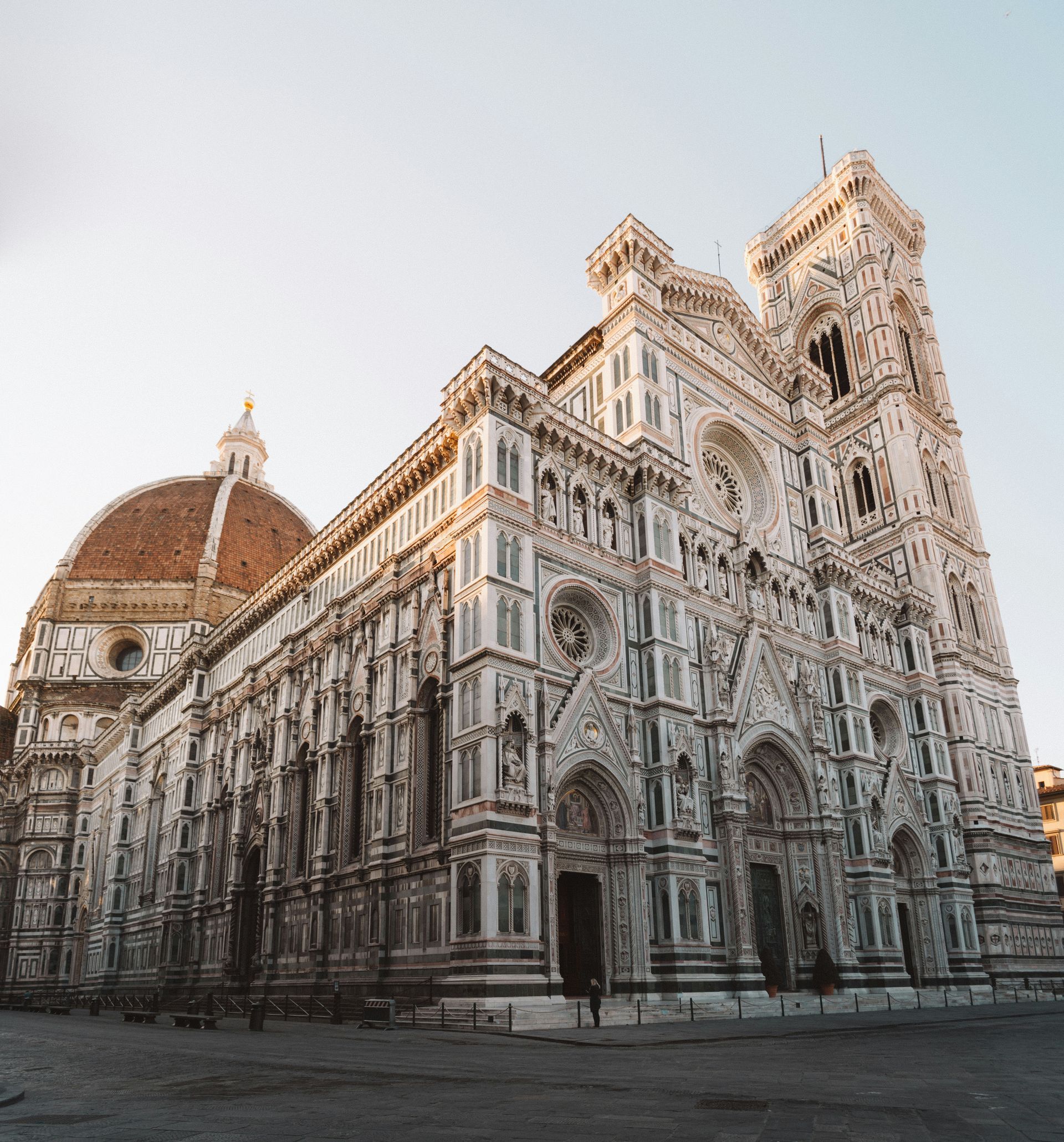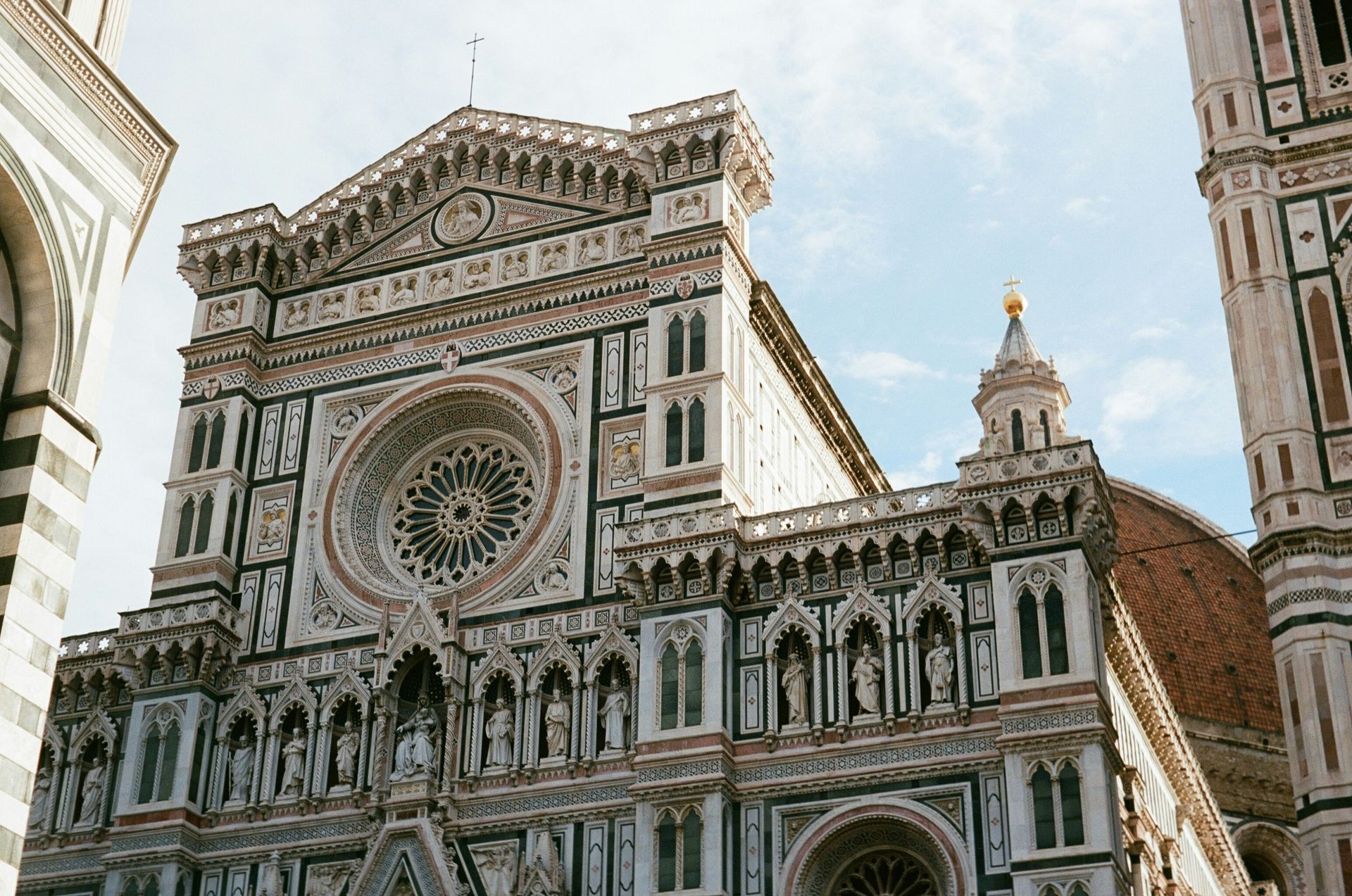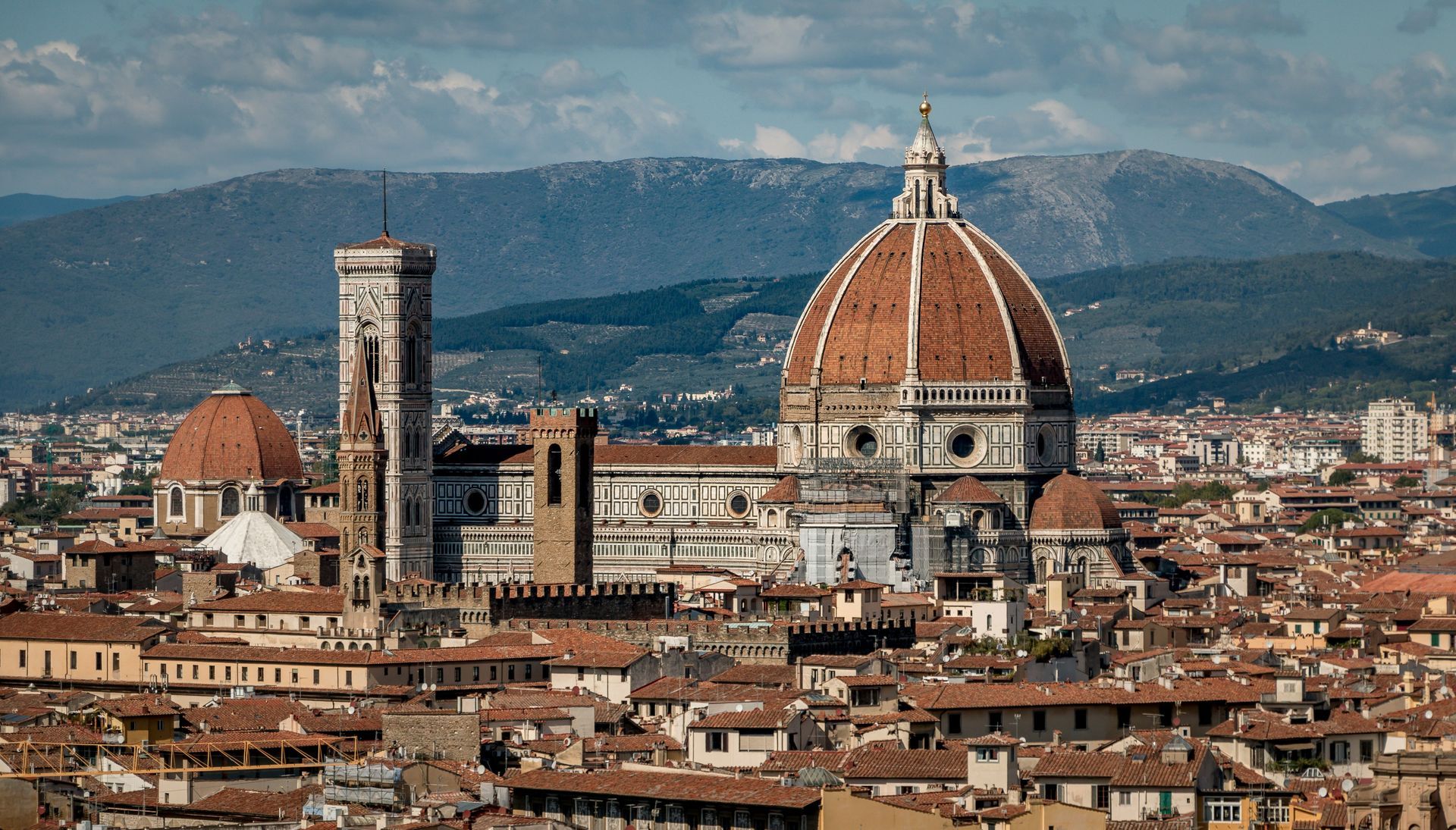Spreading Smile across the globe
Hidden Gems of Northern Italy
Hidden Gems of Italy are a testament to the country's diverse and enchanting beauty, often concealed from the traditional tourist routes. While Italy is celebrated for its iconic cities like Rome, Florence, Venice, and the Amalfi and Cinque Terre coasts, it's the lesser-known destinations that promise a unique journey. These unexplored regions offer travellers a chance to experience Italy's authentic culinary delights, rich historical narratives, and stunning natural landscapes. From the northern reaches to the southern shores, these Hidden Gems of Italy reveal a different facet of this remarkable nation.
Lake Orta - Piedmont
Hidden Gems of Italy come to life at Lake Orta, tucked away near the Swiss border in the heart of Piedmont. This hidden paradise often evades the spotlight compared to its more famous counterparts like Lake Como and Lake Garda. The historic town of Orta San Giulio, with its Baroque and Medieval architecture, cobbled streets, and idyllic Piazza Motta, enchants visitors. The glistening waters of the lake itself invite moments of serenity. What makes Lake Orta truly extraordinary is the mysterious island at its centre—a tranquil sanctuary inhabited by resident nuns.
Treviso - Veneto
Among the Hidden Gems of Italy, Treviso stands as a city in the Veneto region that retains its genuine northern Italian charm. Meandering through its narrow cobbled lanes, picturesque canals, and medieval city walls feels like a step back. Positioned on the fringes of the renowned Prosecco wine region, Treviso provides a delightful excuse for an aperitivo with a glass of Italy's renowned sparkling Prosecco.
Aosta Valley
Nestled among the bordering landscapes of Switzerland and France, the Aosta Valley showcases breathtaking alpine scenery, perched castles, and traditions that thrive throughout the year. When spring and summer arrive, the region's walking trails entice explorers. This season also brings lively festivals that celebrate folk traditions that date back to medieval times. Be sure to savour the local cheese Fontina, a culinary delight that embodies the spirit of this Hidden Gem of Italy.
Alba - Piedmont
Alba, a sought-after destination among Italy's hidden gems, is situated in the vineyards of the Langhe Hills. Once adorned with a hundred towers, Alba exudes a charming rural ambience. It's renowned for its autumn truffle festival, a gastronomic event that captures the essence of the region. Alba is also celebrated for its dark chocolate, hazelnut groves, white truffles, and prestigious wineries. It's from this very region that the sought-after Barolo wine originates.
Camogli - Liguria
Camogli, a typical and vibrant Italian seaside village on the Ligurian Riviera di Levante, perfectly embodies the spirit of the Hidden Gems of Italy. Towering, brightly painted houses dominate the town, and it has become a magnet for visitors seeking pristine beaches, Ligurian cuisine, the rustic fishing marina, Italian culture, and a tranquil natural setting. Camogli has earned its reputation for culinary excellence, focusing on fish and seafood, particularly anchovies and tuna, as well as the iconic pesto sauce made from basil and pine nuts.
Brescia - Lombardy
Hidden Gems of Italy often come alive through history, and Brescia is no exception. In this small city, history unfolds through a tapestry of architectural styles, spanning Roman, Medieval, Renaissance, Baroque, and even Art Deco. Walking through Brescia feels like a journey through time, and a visit to the captivating Piazza della Loggia, framed by a stunning Venetian-style palace at its heart, is a must for history enthusiasts.
Trieste
Trieste is a refreshingly unique destination, an Italian city positioned near the Slovenian border with its dialect that's a delightful blend of Austrian-German, Greek, Croatian, and Italian. Trieste's neoclassical waterfront is a sight to behold, with its marina brimming with stylish, glimmering yachts. The city's offerings include clear blue skies, expansive sandy beaches, city lidos, and the surrounding vineyards. Trieste is a Hidden Gem of Italy that belongs on every traveller's Northern Italian itinerary.
Modena - Emilia-Romagna
Modena is famed for its Hidden Gems of Italy, including balsamic vinegar, Luciano Pavarotti, the Romanesque cathedral, and the nearby Ferrari museum. Beyond these illustrious attractions, Modena reveals a treasure trove of remarkable restaurants. Massimo Bottura's Osteria Francescana has twice earned a place among the world's top 50 eateries, showcasing the culinary excellence of this Hidden Gem. While in Modena, don't miss the chance to savour local specialities like stuffed tortellini and sparkling Lambrusco wine, the perfect complement to your gastronomic journey.
Chiusa / Klausen - South Tyrol
Chiusa, also known as Klausen, is one of Italy's most picturesque villages. It is situated on the banks of the Isarco River in the South Tyrolean region near the Austrian border. Chestnut groves, green fields, vineyards, and farmsteads surround the town. In the village itself, visitors are captivated by narrow alleyways, coats of arms, large bay windows, crenellated facades, and the two main squares.
Ravenna - Emilia-Romagna
Ravenna offers a treasure trove of experiences among the Hidden Gems of Italy. This city is a feast for the senses, with its diverse offerings of food, music, art, culture, history, beaches, wine, and mosaics. Ravenna is home to eight UNESCO-listed sites, making it a must-visit for history and art enthusiasts. It's also known for its two-month-long music festival, Dante Alighieri's tomb, local culinary delights, nearby beach resorts, and the opportunity to explore pinewood forests. The city's fame is derived from its stunning mosaics, dating from the fifth and sixth centuries, scattered throughout the town.
In conclusion, Italy's Hidden Gems invite you to embark on a journey less travelled, where the rich tapestry of history, diverse cuisine, and breathtaking landscapes come to life. These lesser-known destinations provide an authentic Italian experience, away from the bustling crowds, revealing the nation's soul in its purest form. Explore these Hidden Gems to uncover Italy's hidden treasures.
Hidden Gems of Central Italy
Hidden Gems of Italy beckon the adventurous traveller to explore the lesser-known treasures that this remarkable country holds. From the picturesque valleys of Tuscany to the medieval charm of Umbria, the mysterious landscapes of Molise, and the architectural wonders of San Gimignano, these destinations promise unforgettable experiences.
Garfagnana - Tuscany
The Garfagnana region is a hidden gem in the beautiful Tuscan valley north of Lucca. It is crossed by the Serchio River, and the landscape is characterized by fertile greenery, rugged mountains, and charming villages. Outdoor activities such as hiking, walking, and mountain biking are enjoyed by many people in this area. Garfagnana is home to several one-of-a-kind attractions, including a ghost town, a wind cave, and the Devil's Bridge at Borgo a Mozzano.
Gubbio - Umbria
Umbria hides many treasures, and a particular favourite among Hidden Gems of Italy is the Medieval hilltop town of Gubbio. Gubbio, a city with a history dating back over 2,000 years, is a maze of cobbled streets and stone buildings that have been perfectly preserved. Visitors can take a cable car to the summit of Mount Ingino to enjoy panoramic views of the surrounding area. In addition, Gubbio hosts Italy's oldest event, the Corsa dei Ceri, in which teams race through the streets carrying massive wooden candles.
Molise
Molise is Italy's second-smallest region and one of its best-kept secrets. Hidden Gems of Italy are plentiful here. The picturesque town of Agnone is renowned for its artisanal bells, produced by the oldest family-run bell foundry in the world. Meanwhile, Campobasso, the regional capital, boasts a stunning medieval old town. Molise offers a captivating mix of historical charm and natural beauty, with rugged mountains, rolling hills, and pristine beaches along the Adriatic coast.
San Gimignano - Tuscany
Nestled in the heart of Tuscany, San Gimignano boasts medieval architecture and, of course, its famous towers. The town's historic centre is a UNESCO World Heritage site, known for its fourteen stone towers that once symbolised wealth and power. San Gimignano offers a glimpse into medieval Tuscany, with well-preserved streets and squares that transport visitors to another time. Besides the towers, make sure to explore the Collegiate Church and indulge in the local Vernaccia wine, a crisp white wine produced in the region.
Spello - Umbria
Another gem in the heart of Italy, Spello enchants visitors with its winding medieval streets and stunning floral displays. Known as the "Città Infiorata" or "flower town," Spello hosts the Infiorata festival, during which the streets are carpeted with intricate flower petal designs. This event occurs in early June and is a magnificent spectacle. Outside of the festival, Spello's charm continues with its well-preserved historic centre and beautiful churches.
Trulli of Alberobello - Apulia
Apulia, or Puglia, is famous for its unique trulli houses, and Alberobello is the epicentre of this architectural marvel. These whitewashed conical homes are a UNESCO World Heritage Site that offers a glimpse into the region's history. Visitors can even stay in trulli that have been converted into accommodations, providing a truly immersive experience.
Norcia - Umbria
Nestled in the Sibillini Mountains, Norcia is renowned for its gastronomy. This charming town produces exceptional cured meats, particularly prosciutto and salami. For food enthusiasts, Norcia is a true Hidden Gem of Italy. Explore local shops, taste the region's specialities, and visit the beautiful town square. Nature enthusiasts will also find hiking trails and natural beauty in the nearby Monti Sibillini National Park.
Montefalco - Umbria
Montefalco is often called the "Balcony of Umbria" for its stunning views over the surrounding valley. This charming town is also known for its wine, particularly Sagrantino, one of Italy's most robust red wines. Montefalco's medieval centre is picturesque and hosts several churches with remarkable frescoes, making it a cultural and gastronomic gem.
Castelluccio di Norcia - Umbria
High in the Sibillini Mountains, Castelluccio di Norcia is a quaint village known for its stunning wildflower blooms in late spring and early summer. The surrounding plateau becomes a colourful tapestry, attracting photographers and nature enthusiasts. Besides the flowers, visitors can enjoy hiking and take in the breathtaking scenery. Hidden Gems of Italy like Castelluccio di Norcia provide a unique connection to nature and the changing seasons.
In the heart of Italy, a treasury of Hidden Gems awaits the intrepid traveller. From the mysterious ghost town of Garfagnana to the ancient charms of Gubbio, the enchanting landscapes of Molise, and the medieval splendours of San Gimignano, these lesser-known destinations reveal Italy's diverse beauty and rich history. Journey through the tranquil streets of Spello, marvel at the unique trulli houses in Alberobello, savour the culinary delights of Norcia, and bask in the vibrant blooms of Castelluccio di Norcia. These Hidden Gems of Italy promise an unforgettable adventure in a land of timeless wonder.
Hidden Gems of Southern Italy
Italy, a land of rich history, captivating art, and exquisite cuisine, is known for its iconic cities and world-famous landmarks. Despite the tourist-filled streets and crowded piazzas, the country holds many hidden gems—lesser-known destinations that offer a more intimate and authentic experience. These places, tucked away in various corners of Italy, are a testament to the nation's diverse and enchanting beauty, waiting to be explored by the discerning traveller. From medieval towns perched atop hills to charming coastal villages and ancient archaeological sites, the Hidden Gems of Italy promise unique adventures and unforgettable memories.
Civita di Bagnoregio - Lazio
Civita di Bagnoregio is often called the "Dying Town" because of its gradual erosion over the centuries. This medieval village is perched on a hilltop and can only be reached by a long footbridge. It's a unique destination, seemingly suspended in time, and is the perfect Hidden Gem for history buffs and photographers.
Matera - Basilicata
Matera, known for its cave dwellings, is one of Italy's most intriguing and unique destinations. The Sassi di Matera, a historic cave settlement, is a UNESCO World Heritage Site. Matera is gaining popularity but still qualifies as one of the Hidden Gems of Italy. Touring this labyrinth of stone-carved rooms and narrow streets offers an incredible historical journey.
Sperlonga - Lazio
Sperlonga is a charming coastal town characterized by its pristine beaches, winding alleys, and picturesque piazzas. Nestled between Rome and Naples, Sperlonga is often overlooked by travellers. A visit here reveals a relaxed and authentic Italian atmosphere, perfect for strolls and seaside relaxation. Take advantage of the Grotto of Tiberius, a cave once used as the emperor's villa and now a museum.
Paestum - Campania
The ancient ruins of Paestum, originally a Greek colony known as Poseidonia, provide an extraordinary window into Italy's history. The temples are exceptionally well-preserved, ranking among the best-preserved in the world. Paestum is also home to a fascinating archaeological museum that displays artefacts from the site. Enjoy a step back in time amid the Hidden Gems of Italy.
Castro - Apulia
Castro, a picturesque coastal town, boasts a historic centre perched on a rocky outcrop. Visitors can explore ancient churches, fortifications, and a charming harbour. Castro also has sea caves that can be explored by boat. The region's cuisine is a seafood lover's paradise, making this town a Hidden Gem for food enthusiasts as well.
Scilla - Calabria
Scilla, an idyllic coastal village in Calabria, offers stunning sea views and hidden beaches. The town is known for the Ruffo Castle, which dominates the landscape, and the legendary sea monster Scylla from Greek mythology. The charming village is a serene and lesser-known alternative to some of the more crowded Italian seaside destinations.
San Marino
San Marino is a microstate surrounded by Italy and is one of the world's oldest republics. It's a destination that's often missed, making it a true Hidden Gem. San Marino boasts dramatic mountaintop views, historic architecture, and unique attractions like the Guaita Tower and the Palazzo Pubblico. For collectors, the country is also known for its beautiful stamps and coins.
Conclusion
Discovering the Allure of Hidden Gems of Italy
Hidden Gems of Italy offers travellers an authentic experience, far removed from the tourist-packed cities and famous landmarks. These lesser-known destinations unravel the genuine charm, culture, history, and culinary wonders that make Italy an endlessly fascinating country to explore. From the mountains of the North to the coasts of the South, each region holds its treasures, waiting to be discovered by those who venture off the beaten path. By exploring the Hidden Gems of Italy, you can craft a unique and unforgettable journey that deepens your appreciation of this incredible country. Plan your trip carefully, and you will be rewarded with the beauty, history, and flavours that characterize these enchanting places.
Duomo Florence Dome History
The iconic silhouette of Florence's skyline is crowned by the majesty of the Duomo Florence Dome, a timeless symbol of architectural brilliance and historical significance. As one gazes upon the cityscape, the "Duomo Florence Dome" stands as a testament to centuries of artistry, innovation, and cultural legacy. This monumental structure, officially known as the Cattedrale di Santa Maria del Fiore, is not merely a cathedral but an enduring masterpiece that encapsulates the rich tapestry of Florence's history.
The journey into the enchanting realm of the "Duomo Florence Dome" is a voyage through the annals of architectural achievement and the socio-cultural evolution of Renaissance Florence. From its inception to the present day, the dome has been a focal point of artistic and engineering excellence, capturing the imagination of admirers and scholars alike. In this exploration, we delve into the nuanced history that birthed this architectural marvel, tracing the footsteps of visionaries who left an indelible mark on the very essence of Florence. Join me as we unravel the narrative woven into the fabric of the "Duomo Florence Dome," a tale of ambition, creativity, and the enduring spirit of a city that breathes life into its architectural wonders.
Brunelleschi's Legacy:
Filippo Brunelleschi, a visionary architect of the Renaissance, left an indelible mark on the Duomo Florence Dome. His ingenious solution to constructing an unprecedented dome without a wooden centering is a testament to his engineering brilliance. The "Duomo Florence Dome" became the stage for Brunelleschi's audacious creativity, forever altering the trajectory of architectural history. Brunelleschi's innovative design, including the iconic herringbone pattern and strategic weight distribution, transformed the cathedral's skyline and established him as a pioneering figure in the world of architecture. As we gaze upon the "Duomo Florence Dome" today, we are not just witnessing a physical marvel; we are beholding the enduring legacy of a maestro who defied conventions and redefined the possibilities of architectural achievement. Every glance skyward pays homage to Brunelleschi's brilliance, an eternal tribute to the man who sculpted not just stone and mortar but the very essence of Florence's architectural identity.
How long did it take to build the Florence Cathedral?
This masterpiece of sacred art is the result of 170 years of work and the collective and passionate work of several generations of artists and architects, as well as the product of a considerable series of transformations, expansions, additions and modifications that have animated one of the most exciting events in the history of art of all time.
Florence Cathedral, history and architecture
The Duomo of Florence, also known as the Cathedral of Santa Maria del Fiore, stands as a monument devoted to the Virgin of Flowers. Initially designed by Arnolfo di Cambio, the construction of the Cathedral of Santa Maria del Fiore began in 1296. Interestingly, it took 140 years for the cathedral to be completed, and the project was followed by several architects such as Giotto di Bondone, Andrea Pisano, and Alberto Arnoldi. Of all the people who worked on the cathedral, perhaps none is as famous as Filippo Brunelleschi, who, after winning a design competition, was commissioned to design and build the church's dome. Today, the Cathedral of Santa Maria del Fiore is the fourth largest cathedral in Europe and is a UNESCO World Heritage Site.
As mentioned above, Florence is considered the cradle of the Renaissance, and the construction of the dome of the Cathedral of Santa Maria del Fiore more or less paved the way for this movement.
Initially, when Arnolfo di Cambio began the project in 1296, he followed a more Gothic architectural style, with characteristics of Tuscan-style Romanesque architecture. It was only when Filippo Brunelleschi became part of the construction that the new method and style – an ingenious and artistic combination of Gothic style architecture and principles of classical Roman architecture – was implemented and used.
Brunelleschi proposed, with his project, to create a self-supporting dome. His project involved the creation of two domes: one internal and one external, with the internal shell self-supporting using masonry blocks and built-in chain supports, which proved to be a real success.
The cathedral's interiors are expansive and awe-inspiring. From stunning frescoes, paintings, statues, and stained glass drawings to ornate doors and intricate mosaics, the Cathedral of Santa Maria del Fiore is truly an inspiring work of art, both from the outside and the inside. The grandeur of "Duomo Florence Dome" stands as a testament to the enduring legacy of architectural brilliance in the heart of Florence.
The start of works for the construction of Santa Maria del Fiore
At the end of the thirteenth century, Florence, with its class of rich and enterprising bourgeois, was becoming the protagonist of an unprecedented expansion. The population grew very quickly, and the city soon reached dimensions that exceeded the perimeter of the ancient walls five times. With the construction of Palazzo Vecchio, the new civic center took shape, while in the religious center of the city, the work on the external decoration of the Baptistery of San Giovanni was coming to an end. However, there was still no cathedral worthy of such prestige. The old church of Santa Reparata could not compare with the nearby Baptistery and was now too small to contain the increasingly numerous faithful.
The new construction site began on 8 September 1296 when, in front of a cheering crowd, the first stone was laid in a solemn ceremony. Arnolfo di Cambio, the esteemed architect shaping the renewed appearance of Gothic Florence, was given the responsibility for the construction. “Nothing of importance was decided without his consent,” Vasari reports. Arnolfo di Cambio simultaneously managed the construction site of Palazzo Vecchio and that of the Basilica of Santa Croce, and due to his great merits, the Municipality had decided to exempt him from paying taxes. The construction was not completed until 1436, culminating with the majestic "Duomo Florence Dome."
Arnolfo di Cambio's ambitious project for the Florentine cathedral
Arnolfo di Cambio's project was very ambitious and envisaged a church rich in marble and decorations, and of such dimensions as to dwarf the cathedrals of Siena and Pisa, the eternal rivals. It was the Florentines themselves who supported the costs of the works: the cathedral was to represent a symbol of the city's power, an icon in which the civic virtues of that industrious society would be celebrated.
As also happened with the other great European cathedrals, the new church was dedicated to the Madonna, with the title of Santa Maria del Fiore, with clear reference to the cloverleaf plan of the three large chapels that open around the apse, as a tribute to Christ ( the flower that grows from the stem), and finally, of course, as a symbol of the city's flower, the lily
The architect from Colle Val d'Elsa worked for the Cathedral from 1296 to 1302, designing a basilica with classical spaces, with three large naves that flowed into the vast choir where the main altar is located, which in turn was surrounded by the galleries on to which the "Duomo Florence Dome" will then be inserted.
Arnolfo di Cambio's design was significantly different from the current structure of the church. Currently, on the northern and southern sides of the structure, it is noticeable that the initial four windows are shorter, more slender, and positioned closer together compared to those on the eastern side. These alterations align with the expansion overseen by Francesco Talenti, the master builder commencing in the mid-fourteenth century. Arnolfo di Cambio completed two spans and a half of the new facade, and his sculptures were later relocated in 1586 to the Historical Museum of the Opera. This move transpired when Grand Duke Francesco I de' Medici made the decision to erect a new facade.
The architects of Santa Maria del Fiore after Arnolfo
Upon the death of Arnolfo di Cambio in 1310, the works slowed down, only to resume in 1331 when the magistrates of the Wool Guild took over the construction. The direction of the works passed from Giotto - who naturally also took care of the Bell Tower - to Andrea Pisano, until involving another great architect, Francesco Talenti, who established the definitive layout of the church.
The construction site where Talenti operated was a dynamic community of workers and master builders who worked together and animatedly discussed the various solutions to be adopted; when Talenti was absent, they even threatened to claim his presence.
At Talenti's death, the construction was still in its infancy; in fact, the naves were finished at the end of the fourteenth century, while the three apse chapels had to wait until the early years of the following century. Meanwhile, the biggest of all problems still remained to be solved: the construction of the enormous "Duomo Florence Dome." It took 125 years from the start of the construction site, in addition to the absolute genius of Brunelleschi, before Florence was enriched with its greatest architectural pride. It was built in 16 years, and today it is still the largest masonry dome in the world.
Symbol of Florence's Renaissance Spirit:
Beyond its architectural marvels, the "Duomo Florence Dome" embodies the enduring spirit of Florence. It stands not just as a structural wonder but as a symbol of the city's resilience, cultural richness, and commitment to the pursuit of beauty. The dome's construction unfolded against the backdrop of the Renaissance, a period marked by a rebirth of arts, sciences, and humanism. In this context, the "Duomo Florence Dome" serves as a tangible representation of Florence's intellectual and artistic prowess during this transformative era. Its soaring presence becomes a metaphor for the city's ascent into a cultural epicentre, a beacon that radiates the brilliance of Florence's Renaissance spirit to the world. As visitors marvel at its grandeur, they connect with the indomitable ethos that fueled the city's flourishing creativity and innovation during this golden age. The "Duomo Florence Dome" is not just an architectural gem; it is a living testament to the enduring legacy of Florence's Renaissance spirit that continues to inspire generations.
Spiritual Reflections Inside:
As one stands beneath the majestic "Duomo Florence Dome," the spiritual journey unfolds through a symphony of artistry. The frescoes adorning the cathedral's interior become an immersive experience, telling tales of devotion, redemption, and divine narratives. The keyword "Duomo Florence Dome" becomes a portal to spiritual reflections, where the play of light and shadow on the intricate artworks adds layers of meaning. Worshippers find themselves surrounded by a visual sermon, where each stroke of the artist's brush contributes to a larger conversation between heaven and earth.
The grandeur of the dome, coupled with the ethereal atmosphere within, elevates the spiritual encounter. The deliberate placement of scenes from the Last Judgment on the dome's surface offers worshippers a unique perspective—a visual journey through moral contemplation and the promise of redemption. The artistry encapsulated within the "Duomo Florence Dome" serves not only as a testament to architectural brilliance but also as a conduit for profound spiritual reflections.
Conclusion:
In conclusion, the "Duomo Florence Dome" emerges not merely as an architectural marvel but as a living testament to the intertwining threads of art, history, and spirituality. From Arnolfo di Cambio's visionary inception in the late 13th century to the groundbreaking genius of Filippo Brunelleschi, this cathedral has weathered the tides of time, embodying the city's resilience and cultural richness. The dome's completion after 140 years of tireless craftsmanship, involving various architects like Giotto di Bondone and Andrea Pisano, encapsulates the collaborative spirit of Florence.
Today, as one gazes upon the celestial frescoes adorning the interior, the "Duomo Florence Dome" stands as a symbol of spiritual elevation. It beckons worshippers to engage in contemplative reflections, offering a visual sermon on devotion and redemption. The fusion of Gothic and classical Roman architectural principles, ushered in by Brunelleschi's innovative design, continues to inspire awe. As Florence's beacon of Renaissance art, the cathedral remains a UNESCO World Heritage Site—a beacon guiding both architectural enthusiasts and seekers of spiritual transcendence. The "Duomo Florence Dome" remains a timeless masterpiece, inviting all to witness the harmonious blend of divine narratives and artistic brilliance that defines this iconic structure.
Things To Do | Travel Information | Local's Favourites

